The Ultimate Gluten Free Japan Guide (2024)
It is legendary how hard it is to be gluten free in Japan. So you might be surprised that I, a very sensitive celiac, recently spent a month in Japan… and LOVED it! In this gluten free Japan guide, I’m sharing everything I learned so that you too can have an incredible trip (and not get sick!).
Let’s start out with my unpopular opinion, that will give you hope: It is possible to visit Japan as a celiac AND eat amazing food.
If you’re anything like me, the thought of visiting Japan and subsisting on rice and granola bars while your companions eat delicious Japanese food is enough to make you, well, not go to Japan!
This was my thought process for years, and the reason I avoided visiting Japan despite Japanese being my favorite cuisine. During my recent trip, though, I discovered gluten free folks in Japan do NOT have to miss out on ramen, sushi, fluffy pancakes, gyozas, and more… if you know where to look.
I’m confident you can have a wonderful trip to Japan with the help of this gluten free Japan guide.
Gluten Free Japan: Fast Facts
Japan gained its terrible reputation among gluten free folks for a few reasons:
- Japanese cuisine contains a LOT of gluten (thanks, soy sauce).
- Significant language barrier.
- No culture of modifying food orders.
- Very low incidence of celiac disease in the Japanese population.
Saying that, there is hope. More and more Japanese people are being diagnosed with wheat allergies; wheat is now the 3rd most common allergy in Japan (source).
As a result, awareness of celiac and the gluten free diet is also on the rise. This has led to an explosion in gluten free restaurant openings in Japan over the last few years.
Gluten Free Travel in Japan ≠ Gluten Free Travel Elsewhere
Japan is NOT like other countries and you cannot approach gluten free travel here the same way. I have visited 50+ countries with celiac disease and being gluten free in Japan was still a major learning curve.
The trick is learning about Japanese cuisine, how to spot hidden gluten, and how to find gluten free restaurants. That’s why I’ve written this article!
Being gluten free in Japan is not all bad; I found that Japanese people were respectful and took my needs seriously, unlike many other countries. Below are some pros and cons to visiting Japan if you’re gluten free.
| Cons: | Pros: |
| ☒Low awareness of gluten and celiac disease. ☒Lots of soy sauce and other gluten in the cuisine. ☒No culture of modifying food orders – asking can be seen as disrespectful. ☒Labeling laws – only wheat is a legal allergen. | ☑Food service workers are respectful and careful. They take allergies very seriously. ☑ Awareness of gluten is increasing. ☑ Increasing number of gluten free restaurants in last two years. ☑ Back up options of ready-to-eat gluten free foods. |
What You Absolutely Need to Know About Eating Gluten Free in Japan
Have I convinced you to give Japan a shot yet? If so, here are six important tips to stay safe as a celiac in Japan.
1. Buy This Exact Gluten Free Japanese Translation Card.
My gluten free Japanese translation card was a lifeline in Japan.
If you take away one thing from this gluten free Japan guide, it’s to buy this card. It is the #1 thing that kept me safe in Japan.
This translation card is different from others on the market because it includes details on hidden gluten in Japanese cuisine, as well as cross contact. A celiac who traveled Japan created it, and it was professionally translated twice.
I used this card every day during my trip to Japan and personally recommend it.
Buy GF Japanese translation card here.
2. Know the Hidden Sources of Gluten in Japanese Cuisine.
There are so many places gluten hides in Japanese food. You will get glutened if you don’t know these “problem ingredients.”
Do your research before your trip with this list!
Hidden Sources of Gluten in Japan:
Soy sauce: The biggest culprit of hidden gluten in Japan is soy sauce, which contains wheat.
Sushi rice: Sadly, sushi rice is often prepared with a cheap gluten-containing vinegar. On labels, this is called “grain vinegar” or “brewed vinegar” and is made with either barley or wheat. It’s increasingly used because it’s so affordable; in my experience sushi rice contains grain vinegar at least 50% of the time in Japan.
Brown teas: A barley-based tea (called mugi) is quite popular in Japan. A couple times, I couldn’t even drink coffee because it was dispensed from the same line as barley tea.
Miso soup: Miso is a fermented soy bean paste sometimes made with barley or wheat. If the ingredients just say “miso” and don’t specify what is actually in the miso, then it’s best to avoid.
Uni: Sea urchin (called uni) is a delicacy served with sushi, and almost always marinated in soy sauce. I never found gluten free uni.
Tamagoyaki: A thinly rolled omelette, served on its own or as a topping or filling on sushi; contains soy sauce and you should avoid it.
Marinated sashimi: Sashimi is raw fish, served on its own or in sushi. It’s uncommon, but sometimes it is marinated in soy sauce so check about this.
Pickles: Sadly, pickled items are typically not gluten free, either due to grain vinegar or soy sauce. Avoid pickle sticks, sides, and dipping sauces.
Inari: Deep fried tofu pockets marinated in soy sauce. Frequently served on sushi platters and filled with rice; it looks kind of like a light brown blob.
Mayonnaise: Strangely, some mayonnaise in Japan is not gluten free; specifically the popular Kewpie brand. It contains barley. If ordering food containing mayonnaise, double check that the mayo is gluten free.
Mizuame: A starch syrup that is sometimes made from barley, but usually the source isn’t specified on labels. It’s best to avoid altogether. You typically find it in candies and desserts.
Common Forms of Cross Contact in Japan:
Shared oil: As always, shared frying oil is not safe for celiacs. A number of restaurants in Japan offer “gluten free tempura” but use the same fryer for wheat-flour tempura. Always ask about this.
Shared grills: A lot of Japanese cuisine (like wagyu steak, okonomiyaki, and more) is cooked on a flat grill top called a teppan. Beware of cross contact for anything that is grilled.
Shared water: When ordering gluten free noodles, be careful that it’s not boiled in the same water as wheat noodles. The same goes for ordering edamame or any other boiled dish.
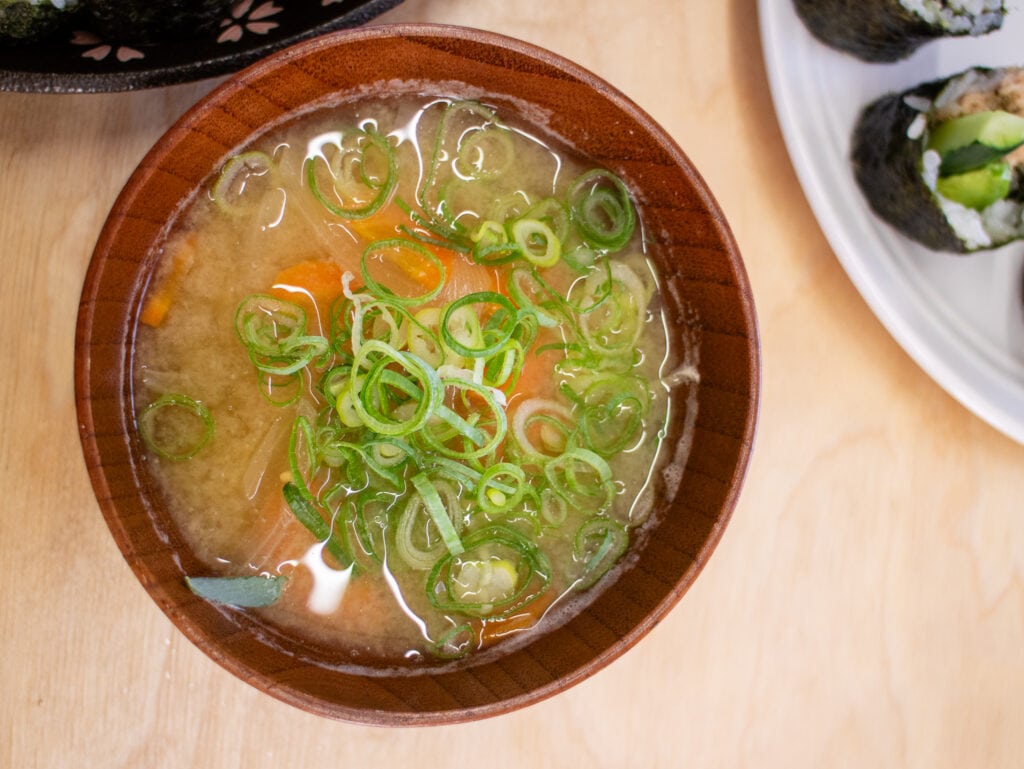
3. Build Your Itinerary Around Gluten Free Restaurants.
It is my strong opinion that in Japan, you need to build your itinerary around gluten free restaurants, and not vice versa.
This is in direct opposition to my gluten free travel advice in every other country. But it is an essential step to having a good time in Japan, if you’re gluten free.
Most Restaurants in Japan Can’t Accommodate Celiacs
Gluten is so common in Japanese cuisine that if a restaurant isn’t already versed in the gluten free diet, it is VERY unlikely that they can accommodate you.
Japan isn’t like the USA, or India, or Sri Lanka, or Mexico, or countless other countries where you can just order the naturally gluten free dish on the menu. Nope. There very well may not be a gluten free dish!
Imagine going into a vegan restaurant and asking for a steak. That is kind of like what it is to walk into the average Japanese restaurant and ask for celiac-safe gluten free food. They may want to help you, but they literally can’t.
Focus on Finding Gluten Free Restaurants
Awareness of celiac disease in Japan is on the rise, and there ARE a number of dedicated gluten free restaurants where you can eat delicious food – particularly in major cities.
Your challenge is to plan your itinerary to align with these restaurants and their opening hours and days.
4. ALWAYS Double Check Opening Hours.
Carrying on from the above: restaurants in Japan have bizarre and limited hours. Be sure to always double check hours, and consider this when building your itinerary.
I went so far as actually making a spreadsheet.
For each city we visited, I listed out gluten free restaurants I’d found. You can use the maps of gluten free restaurants in my gluten free Japan city guides as a starting point!
Gluten Free Japan City Guides…
Hiroshima Gluten Free Restaurants
Then, next to each restaurant I put its opening days and hours.
From there, I built an itinerary of activities and chose restaurants that were nearby, and would be open on that day of our itinerary.
Yes, this is a lot of work. And yes, it sounds pretty extra. But trust me, it’s worth it.
I’d never done this for any other country I’ve visited, because I enjoy being spontaneous in my travels. However, in Japan a celiac has to choose between spontaneity and actually eating! It was worth all the hard work, because I ate SO WELL in Japan!
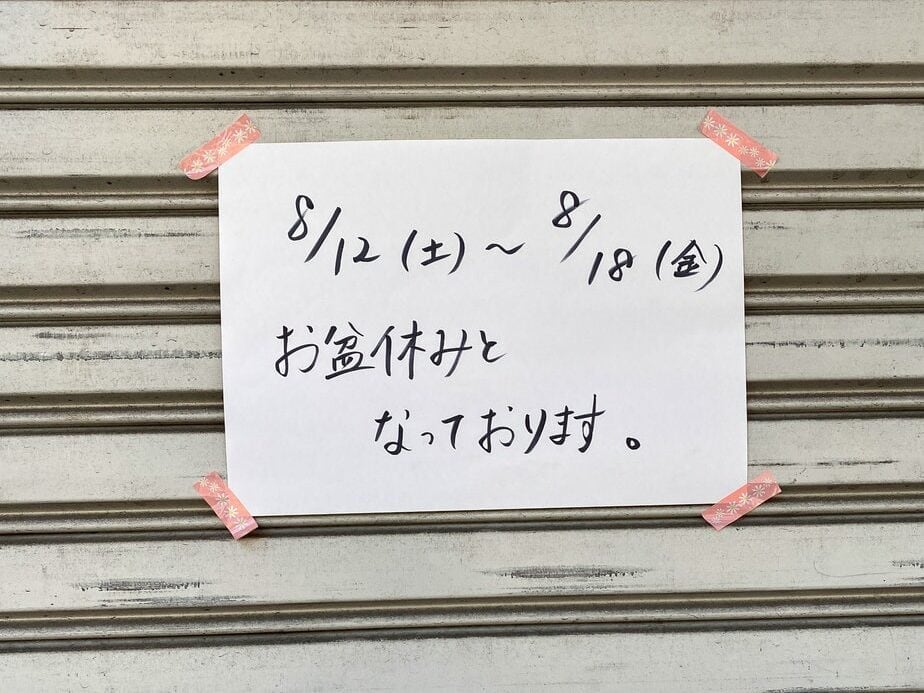
5. Have a Back Up Food Plan.
Gluten free travel in Japan frequently doesn’t go according to plan. A number of times, I checked a restaurant’s hours and still showed up to a shuttered building.
Luckily, I didn’t go hungry because I had a list of “gluten free back up options” in Japan!
Below are the back up gluten free options in Japan that you need to know.
Conbinis (7-11, etc.)
Convenience stores in Japan have a number of ready-to-eat gluten free options, namely onigiri (stuffed rice balls).
Check out my gluten free Japanese snack guide for more information.
Mos Burger
Mos Burger is a fast food chain that has a low allergen menu, including a certified gluten free burger and hotdog that come in a plastic bag to prevent cross contact.
Note that these are tiny, so I typically ordered two. Also, the smaller “Mos Cafe” locations don’t have a low allergen menu.
Coco Curry Ichibanya
Coco Ichibanya is a popular Japanese curry chain that has an allergen-free curry. It is not labeled gluten free, but is free of the main allergens in Japan, including wheat.
The allergen-free curry comes in a heated pouch, which helps immensely with preventing cross contact.
Kura Sushi
Kura Sushi is a conveyor belt sushi restaurant. Their online menu labels allergens. Some locations have gluten free soy sauce but I recommend just bringing your own.
There is no way to talk to the staff about cross contact, unfortunately, so you are taking a risk. Saying that, I ate here multiple times to no ill effect. It’s not a risk I’d usually take, but I did in Japan.
Honestly, one of my favorite things about traveling Japan as a celiac is that these back up options even exist.
I can’t tell you the number of times I’ve gone hungry in other countries, just eating a banana or a coke, because I couldn’t find any gluten free food. The food above may not be gourmet, but it will keep you from being hangry!
6. Book Accommodation Near Gluten Free Options.
I recommend you book your accommodation in Japan with gluten free food accessibility in mind.
Usually, I try to book accommodation with a kitchen. However, in Japan, Airbnb has a very bad reputation and so we stayed solely in hotels.
It’s important to book accommodation that is close to gluten free restaurants, since you’ll be relying so heavily on them.
This is where I stayed in Japan as a celiac:
- APA Hotel Roppongi (Tokyo)
- Prince Smart Inn Shijo Omiya (Kyoto)
- Hotel Morning Box (Osaka)
- Hotel The Lutheran (Osaka)
- Hostel Mallika (Hiroshima)
- Onyado Nono Natural Hotspring (Nara – my fave place we stayed)
- Guesthouse Azito (Hakone)
- Gluten Free Friendly Ryokan (Hakone) – More information on this below
Useful Gluten Free Japanese Phrases to Know
While I recommend that you mostly rely on your Japanese translation card, you may also want to learn some Japanese phrases.
| Ingredient | Kanji | Pronunciation |
| Gluten | グルテン | Guruten |
| Gluten free | グルテンフリー | Gurutenfuri |
| Wheat | 小麦 | Komugi |
| Soy sauce | 醤油 | Shoyu |
| Barley | 大麦 | Omugi |
| Malt | 麦芽 | Bakuga |
| Rye | ライ麦 | Raimugi |
| Oats | 燕麦 | Enbaku |
| Starch syrup | 水飴 | Mizuame |
| Grain vinegar | 穀物酢 | Kokumotsu su |
| Brewed vinegar | 醸造酢 | Jozozu |
| Miso | 味噌 | Miso |
While the table above is a good resource to have, I’ll be honest: Japanese is a really hard language to learn.
Personally, I am pretty helpless at identifying kanji much less speaking Japanese words intelligibly. Don’t be ashamed to rely on your GF Japanese translation card or Google Translate.
Google Translate is Your Friend in Japan
Be sure to download the Google Translate app as well as the Japanese language before you visit Japan, so you can use the app offline.
Yes, Google Translate is notorious for inaccurate translations, especially in languages as complex as Japanese. Despite that, it’s still very useful for gluten free travelers in Japan.
When dining out, I would typically show my translation card, and then follow it up with some specific questions on Google Translate (such as, double checking that they’d use separate fryer oil). The translation card is extremely accurate, which makes up for inaccuracies or weird phrasing on Google Translate.
The image-to-text feature on Google Translate is also extremely useful. This is what I used to translate menus and ingredient labels. I have detailed instructions on how to use it in my gluten free Japan conbini guide!
Eating Gluten Free at 7-11 and Other Conbinis
How to eat gluten free at 7-11, Family Mart, and other conbinis (convenience stores) in Japan was the #1 question I got asked after my trip!
There is so much ground to cover on this topic that I wrote an entire blog post about how to find gluten free snacks in Japan.
In that article you will find out how to translate and read allergen labels in Japan, as well as photos of gluten free foods at conbinis and street food markets.
RELATED | Gluten Free Japanese Snacks: 7-11, Conbinis, And More
What to Pack for a Trip to Japan as a Celiac
While this post is all about preparing you to eat gluten free in Japan, I do think your trip will be easier if you bring some gluten free items from home.
Gluten free Japan packing list:
- Gluten free soy sauce bottle
- Small gluten free soy sauce packets – you never know when you’ll want soy sauce but you don’t always want to carry a heavy bottle!
- This excellent Japanese gluten free translation card
- Pre-download Japanese language on Google Translate
- Solis Lite travel wifi (or buy a Japanese SIM card at the airport like we did)
- Snacks – Epic jerky bars, dried fruit, gluten free granola bars, etc.
- Gluten free dehydrated meals, especially if you’ll be in remote areas (my favorite brand is GOOD TO GO because all their meals are100% gluten free, just add hot water)
- This collapsible tupperware for leftovers
- Packing cube for snacks (I use these ones and swear by them)
Of these items, the most important is the gluten free soy sauce. While gluten free soy sauce is sold in Japan, it’s challenging to find. Save yourself precious vacation time and take it with you.
How to Order Sushi as a Celiac in Japan
Sushi is the #1 food that people associate with Japan. And yes, it’s possible to find gluten free sushi in Japan – although it can be a bit tricky. Here’s how to do it.
1. Check Sushi Rice Vinegar
First and foremost, check that the sushi rice is gluten free; ie, it should be made with rice vinegar and NOT grain vinegar.
2. Check Soy Sauce Ingredients
Next, check that no sushi rolls will contain soy sauce ingredients and, if necessary, ask for replacements for these rolls. Note that some sushi restaurants limit modifications to one or two rolls.
Typical sushi ingredients that contain soy sauce include:
- Uni (sea urchin)
- Tamagoyaki (egg roll)
- Marinated sashimi
- Inari (deep fried tofu pouches marinated in soy sauce)
- Fish roe (tiny fish eggs; in Japan these are marinated in soy sauce)
3. Check Ginger and Wasabi
Then, check that the pickled ginger is gluten free. Frequently, it’s not due to grain vinegar!
Wasabi in Japan is usually gluten free because it’s the pure root.
4. Check Miso Soup
Also, ask about the miso soup. Miso is sometimes made with barley, so more often than not, you won’t be able to have miso soup.
5. BYO Gluten Free Soy Sauce
Don’t forget to bring your gluten free soy sauce!
As you can imagine, those are a LOT of questions to cover, so you’re best off targeting sushi restaurants that have a history of dealing with gluten free clientele. I discuss gluten free sushi restaurants in my city guides!
Gluten Free Japan City Guides…
Hiroshima Gluten Free Restaurants
Which Japanese Foods are Gluten Free (Possibly)
Below, I’m sharing some foods and cooking styles that are most likely to be gluten free, whether or not you’re at a gluten free specialty restaurant.
Please read the caveats because in most cases, you’ll need to ask questions to confirm the food is actually gluten free.
Yakiniku
Yakiniku is a style of Japanese barbecue cooking where the restaurant patron actually grills their own food, at their own table. This is ideal for gluten free folks for a few reasons.
First, you can avoid cross contact by being in charge of your own grill. You may need to ask for a clean grill plate.
Second, you can control the toppings on your meat and vegetables. Ask for salt (“shio”) only, NO soy sauce.
Yakiniku restaurants are particularly useful if you are in an area of Japan where you can’t find specialty gluten free restaurants. This is a great back up plan!
Matcha
Matcha is Japanese green tea and it is gluten free. I fell in love with matcha’s deeply layered, slightly bitter taste while in Japan.
Sashimi
Sashimi is raw fish, cut expertly into flat sheets. You can eat it plain, over a bowl of rice (donburi), or in sushi.
Most of the time, sashimi is gluten free. It’s worth confirming that it isn’t marinated in soy sauce (and bring your own gluten free soy sauce to eat with it). Also, confirm that any rice served with it is made with gluten free rice vinegar, and not grain vinegar.
Mochi
Mochi is a Japanese dessert made from glutinous rice (and no, “glutinous” does not mean gluten – it just means it’s sticky).
There are tons of different types of mochi from the classic mochi balls, to daifuku, warabi, dango, and more.
Now, mochi is not always gluten free. Sometimes there is cross contact with wheat flour, mizuame (gluten-containing starch syrup), or gluten in the filling. Always check!
I always showed my gluten free translation card to confirm the mochi was safe to eat. You are safer at places that specialize in mochi, rather than mass produced or pre-packaged mochi.
Onigiri
Onigiri is a triangular-shaped clump of rice wrapped in seaweed. It may or may not be gluten free, depending on the filling.
Many celiacs in Japan rely on gluten free onigiri from conbinis (the plain salmon flavor is your best bet, but always check ingredient labels).
Sushi
I discussed sushi at length above, and all of the gluten-containing ingredients that you have to watch out for.
These types of sushi roll are most likely to be gluten free:
- Tuna or salmon nigiri
- Other nigiri with plain (non-marinated) sashimi on top
- Tuna or salmon maki roll
- Cucumber maki roll
Gluten Free Japan: What You Can NOT Eat
There are way more foods in Japan that are NOT gluten free, than those that are. The good news? It’s still possible to eat many of these dishes at gluten free specialty restaurants.
Below, I’m sharing Japanese dishes that are definitely not gluten free, but also the restaurants where you can find gluten free versions.
Tempura
I am shocked at the number of people that have asked me: is tempura gluten free in Japan?
The answer is NO, and I’m not sure how that myth started! Tempura is wheat-flour battered, fried food and very much not gluten free.
I was able to eat special gluten free tempura in Japan at Gluten Free T’s Kitchen (Tokyo), Gluten Free Kushiage Su (Tokyo), Yosiya (Kyoto), and Teppan Tavern Tenamonya (Kyoto).
Ramen
Ramen is a soup made with wheat-based noodles, and usually has soy sauce in the broth.
The safest places to get gluten free ramen in Japan are Gion Soy Milk Ramen Uno Yukiko (Kyoto), and Gluten Free T’s Kitchen (Tokyo), because they are dedicated gluten free. Other options include Engine Ramen (Kyoto) and Soranoiro Nippon Ramen (Tokyo) but beware of cross contact.
Soba
Soba is a type of noodle that, traditionally, was made from buckwheat (and if you didn’t already know, buckwheat is actually a gluten free grain).
However, these days nearly all soba noodles in Japan are made with wheat flour, because it’s cheaper and easier.
I was able to find gluten free soba (100% buckwheat) at Toru Soba (Kyoto) and Genji Soba (Osaka).
Gyoza
Gyoza are Japanese dumplings. The dough is made from wheat flour, so they are definitely not gluten free.
I found special gluten free gyoza at Gluten Free T’s Kitchen (Tokyo), Teppan Tavern Tenamonya (Kyoto), OKO Okonomiyaki (Osaka), and Gion Soy Milk Ramen (Kyoto).
Takoyaki
Takoyaki is a street food specialty in Osaka. It is wheat flour dough balls, usually filled with octopus. Very much not gluten free.
I made it a mission in Japan to find gluten free takoyaki. You can eat gluten free takoyaki at OKO Tako (Osaka), Komeko Takoyaki (Osaka), and Gluten Free T’s Kitchen (Tokyo).
Okonomiyaki
Okonomiyaki is a Japanese cabbage pancake. The batter contains wheat flour, and in Hiroshima, it’s also made with wheat-based noodles.
You can find gluten free okonomiyaki at Gluten Free T’s Kitchen (Tokyo), OKO Okonomiyaki (Osaka), Teppan Tavern Tenamonya (Kyoto), and Koguma Okonomiyaki (Hiroshima – my personal fave).
Karaage
Karaage is deep fried chicken. The chicken is battered in a combination of wheat flour and potato starch, so not gluten free.
You can get gluten free karaage at Gluten Free T’s Kitchen (Tokyo), Onwa (Nara), Cafe & Bar Maru (Kyoto), Comeconoco Cooking Class (Osaka), and Gluten Free Cafe & Shisha Bar (Osaka).
Souffle Pancakes
Souffle pancakes, also known as Japanese fluffy pancakes or jiggly pancakes (maybe that’s just me), are pretty iconic.
Like most pancakes, they are made from wheat flour and NOT gluten free.
There are two places in Japan where you can get rice-flour gluten free souffle pancakes: Rizlabo (Tokyo) and Toshoan (Kyoto).
Shabu Shabu
Shabu shabu is a type of Japanese cooking similar to hot pot. You are given a pot of broth, and plates of thinly sliced meats and vegetables to put in the broth to cook.
In almost all cases, the broth contains soy sauce so you need to be very careful. I nearly got glutened by this at our ryokan in Hakone.
Japanese Curry
Japanese curry is quite different from Indian and other south Asian curries. It usually contains wheat flour as a thickener and plenty of soy sauce.
I did find a few places in Japan that could do a gluten free Japanese curry but that’s the exception, not the rule. You can also get an allergen-free curry from Coco Ichibanya all across Japan (discussed earlier in this article).
Omurice
Omurice is a Japanese egg dish served over fried rice, with a ketchup-based sauce. The fried rice and sauce usually contain soy sauce.
Mugi Tea
I mentioned mugi tea earlier in this gluten free Japan guide, but I wanted to reiterate because it was way more common than I was expecting.
Mugi tea is a tea made from barley, and therefore decidedly NOT gluten free. It’s brown in color, and can be served hot, cold, or in bottles. Beware any brown tea!
Gluten Free Drinking in Japan: Sake, Beer, And More
There are so many delicious beverages in Japan that I thought this subject deserved its own section.
Gluten Free Teas in Japan
As discussed, matcha tea is gluten free. Mugi (barley) tea is not.
Hojicha is a type of roasted green tea. It is gluten free. (Note that it can look brown like mugi, due to the roasting process).
You will also find boba tea, which is milk tea with tapioca balls in it. This is really popular across Asia and is usually gluten free if you buy the plainest version (no special fillings or syrups). Show your translation card to check.
Amazake is a fermented rice drink; not technically a tea but frequently served in tea houses. It is gluten free.
Is Sake Gluten Free?
Sake is Japanese rice wine, and it’s synonymous with drinking in Japan.
You might assume that all sake is gluten free based on the words “rice” and “wine.” Sadly, you’d be wrong.
Not all sake is gluten free. This is a good article that explains how gluten sneaks into sake, and this is a useful article by Beyond Celiac that lists some gluten free sake brands.
Is There Gluten Free Beer in Japan?
Celiacs, rejoice! There is one brand of naturally gluten free beer in Japan. It’s cheap and you can find it at most conbinis, as well as the specialty gluten free restaurants.
It is called のどごし生 – Nodogoshi Nama, and it is gluten free because it’s brewed from soy. (ONLY the blue label, not the others).
Actually, it is technically not a beer. It’s a “happoshu.” By not including barley malt as an ingredient, the company is not allowed to label this beverage beer, but also avoids a higher taxation rate.
The result is… accidentally gluten free “beer”!
Gluten Free Cooking Classes in Japan
I love to take cooking classes when I travel. During my time in Japan I took two celiac-safe cooking classes that I can highly recommend!
Cooking Sun Tokyo – Sushi Making Class
Dan and I took a sushi making class in Tokyo and it was one of my favorite things we did. This class is not completely gluten free, but they did a great job accommodating me and I felt they had an in-depth knowledge of celiac.
I learned a lot about hidden gluten sources in sushi during this class, which was helpful during the rest of our month in Japan.
Read my full review here, or book the class here.
Comeconoco Osaka Gluten Free Cooking Class
We also took a cooking class in Osaka that was 100% gluten free!
This was with Yukiko, the owner of dedicated gluten free cafe Comeconoco. The menu is customizable so you could make any Japanese dish you like.
Read my full review to learn more about it, including how to book.
Gluten Free Ryokans in Japan
A ryokan is a traditional Japanese inn, usually with tatami mat floors, hot spring onsens, and elaborate breakfasts and dinners on site.
Staying in a ryokan is a must do in Japan, but obviously the included meals present an issue for gluten free folks.
Our Gluten Free Ryokan Experience in Hakone
Finding a celiac safe ryokan was actually my own #1 question before we visited Japan, and the primary reason we hired Gluten Free Tours Japan for a week.
They found us a wonderful ryokan in Hakone, complete with private onsen in our room. Breakfast was extensive, and for dinner we had our own shabu shabu.
However, GFTJ has a private relationship with this ryokan so I cannot share the name of it here. Too many celiac guests would overwhelm them and they would no longer be able to accommodate.
List of Gluten Free Ryokans in Japan
Never fear… I will still provide a list of possible gluten free ryokans in this blog post! Please note that I have not personally stayed at these; I have found them through my own research.
Gluten free ryokans in Japan:
- Gora Kadan (Hakone): Multiple positive reviews from celiacs.
- Kowakien Tenyu (Hakone): Luxury ryokan with a number of positive reviews from celiacs.
- Mount View Ryokan (Hakone): Per celiac reviews, they can offer a GF kaiseki dinner. Top level luxury with views of Mount Fuji in clear weather.
- Seikoro Ryokan (Kyoto): Per reviews they can make meals GF upon request and even have GF soy sauce.
- Yudanaka Onsen Seifuso (Nagano): Near the snow monkey park. Multiple positive reviews from celiacs.
- Oyado Koto No Yume (Takayama): Good reviews from celiacs; they also have GF bread.
- Watanabe Ryokan (Miyajima Island): Older reviews report they can accommodate GF.
- Nishiyama Onsen Keiunkan: Oldest hotel in the world! Per reports, they can accommodate GF for an additional fee. This one’s on my bucket list.
In order to have a safe experience, you will have to communicate with the ryokans themselves to confirm they can accommodate you. Contact them far in advance, and before booking.
The safest and easiest option is to go with Gluten Free Tours Japan, who can do that communication on your behalf. Of course, I know that is not an option for everyone.
If anyone has personal experience with gluten free ryokans, leave a comment below!
Gluten Free Restaurants in Japan
The purpose of this gluten free Japan guide is to teach you the fundamentals of how to find safe gluten free food in Japan, and not just give you a restaurant list.
Saying that, finding restaurants that understand and can accommodate gluten free diets is really important in Japan due to the immense amount of gluten in their cuisine.
The following, final section of this blog post is all about gluten free restaurants in Japan.
Below, you’ll find gluten free Japan restaurant recommendations in:
- Tokyo
- Kyoto
- Osaka
- Hiroshima
- Nara
- Hakone
- And more
If you notice any closures, changes, or additional restaurants, please leave me a comment below so we can keep this gluten free Japan guide as updated as possible!
Gluten Free Tokyo
Tokyo is a mega city. There’s nothing like it. I spent 10 days here across two visits, and fell in love.
There are more gluten free restaurants in Tokyo than anywhere else in Japan. Currently, there are 20+ dedicated gluten free restaurants in Tokyo.
Read my gluten free Tokyo guide here for a full list of restaurants.
Gluten Free Kyoto
Kyoto is Japan’s historical city, filled with temples and easy access to stunning nature.
In my opinion, Kyoto is the second best city in Japan for gluten free food. Kyoto has 7 dedicated gluten free restaurants.
Read my gluten free Kyoto guide here for a full list of restaurants.
Gluten Free Osaka
Osaka is known as Japan’s “foodie city.” It is full of crowded streets, ultra modern skyscrapers, and gluten-y street food.
Osaka grew on me, and after 10 days there I discovered some gluten free hidden gems.
Read my gluten free Osaka guide here for a full list of restaurants.
Gluten Free Hiroshima and Miyajima
Hiroshima is the Japanese city where the United States dropped an atomic bomb, killing thousands. It’s now home to the Hiroshima Peace Memorial Museum, and is worth visiting for that reason alone.
Miyajima Island is a great day trip from Hiroshima, home to the famous floating torii gates.
Read my gluten free Hiroshima and Miyajima guide here.
Gluten Free Nara
Nara is a small Japanese city famous for its park, where deer will come and eat out of your hand (or bite your butt… or eat litter… the ethics of this are debatable).
We stayed in Nara for two nights and honestly that was a mistake. Stay here one night max. The gluten free options are few and far between! (Although I do highly recommend the hot spring hotel we stayed in – my absolute favorite in Japan with an amazing onsen).
Since we used the services of Gluten Free Tours Japan in Nara, I don’t feel that I can share all the restaurants we ate at. Saying that, I did find two restaurants on my own devices, that I can recommend, and those are:
- Naramachi Vegan Nabi: Small vegan and gluten free restaurant that also sells GF bento boxes (pre-order).
- Onwa: Dedicated gluten free and vegan restaurant, really delicious and worth visiting Nara on a day they are open.
Gluten Free Hakone
Hakone is a popular trip from Tokyo, for the “Hakone Loop” which gives you discounted access to public transport in the area.
Gluten free options in Hakone are VERY limited (although Gluten Free Tours Japan did find us a couple restaurants I never would have found on my own). My recommendation is to stay in a ryokan in Hakone, where you can get gluten free food on site.
They won’t suffice for a full meal, but I can recommend these two places for gluten free snacks:
- Nukafuku: A 100% gluten free donut stall right by Gora station. They also sell gluten free soy sauce packets!
- Amazake Tea House: An ancient tea house with a beautiful hike leading to it. GFTJ called the owner and helped me navigate the GF options here.
And More
There are so many other places to visit in Japan. Some of them include:
- Takayama
- Fukuoka
- Okinawa
- Kobe
- Nagoya
- Hokkaido / Sapporo
- Nikko
- Kanazawa
If you can recommend celiac-safe gluten free restaurants in those locations, please leave me a comment below! I will keep this gluten free Japan guide updated with your recommendations.
You can also use the resources below to help plan your Japan trip and find restaurants.
Gluten Free Japan: Resources
Below are some resources that will help you navigate Japan gluten free. I recommend using these, alongside this article, to prepare for your trip!
Resources for celiacs in Japan:
- Gluten Free Tours Japan: A travel agent that specializes in planning gluten free trips to Japan. We used their consulting service for one week and it was great. Stay tuned for my full review!
- Gluten Free Travel Around the World: A Facebook group that I moderate alongside two other celiac travel bloggers. Everyone in this group avoids cross contact; it’s very useful to ask questions in!
- Gluten-Free in Japan: A very active Facebook group with 12k+ members. I will warn you that many of the recommended restaurants are not safe for celiacs. With a dose of caution, it’s a useful group.
- Google Maps: One of my favorite gluten free travel hacks! Zoom in on the location you’re looking for restaurants, and type in “gluten free” in the search bar. This will show restaurants where people mentioned gluten free in their reviews. You can also type “グルテンフリー” which is gluten free in Japanese, and you are guaranteed to find some hidden gems!
- Find Me Gluten-Free: An app that I love to hate, but let’s face it, it’s useful. This provides crowd-sourced reviews of gluten free restaurants. It’s a good starting point but I often find the reviews unreliable.
- Legal Nomads Gluten Free Japan Guide: An in-depth article and the OG gluten free Japan guide, written by my friend Jodi (creator of my recommended translation cards), who paved the way for celiac visitors to Japan.
Gluten Free Japan: Final Thoughts
There you have it: my ultimate guide to eating gluten free in Japan!
I hope that this, along with my other gluten free Japan blog posts, helps you plan your trip to Japan.
I deeply enjoyed eating gluten free in Japan and can’t wait to visit again someday soon. If my blog posts help you in Japan, or if you have any questions, please leave me a comment below!



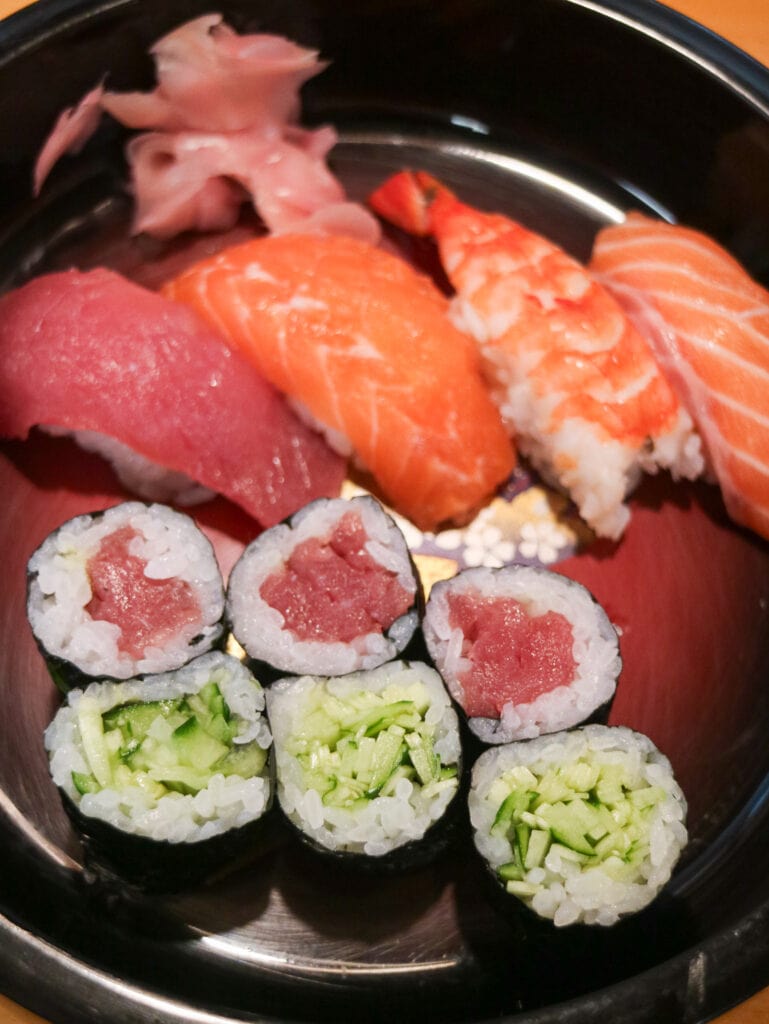
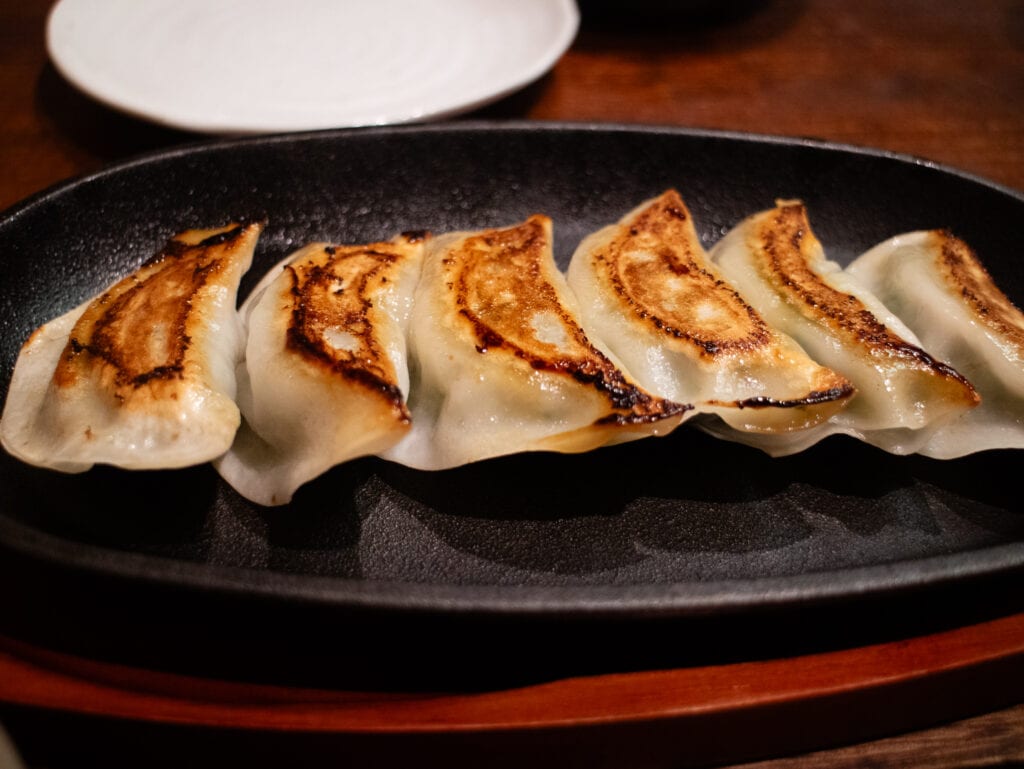
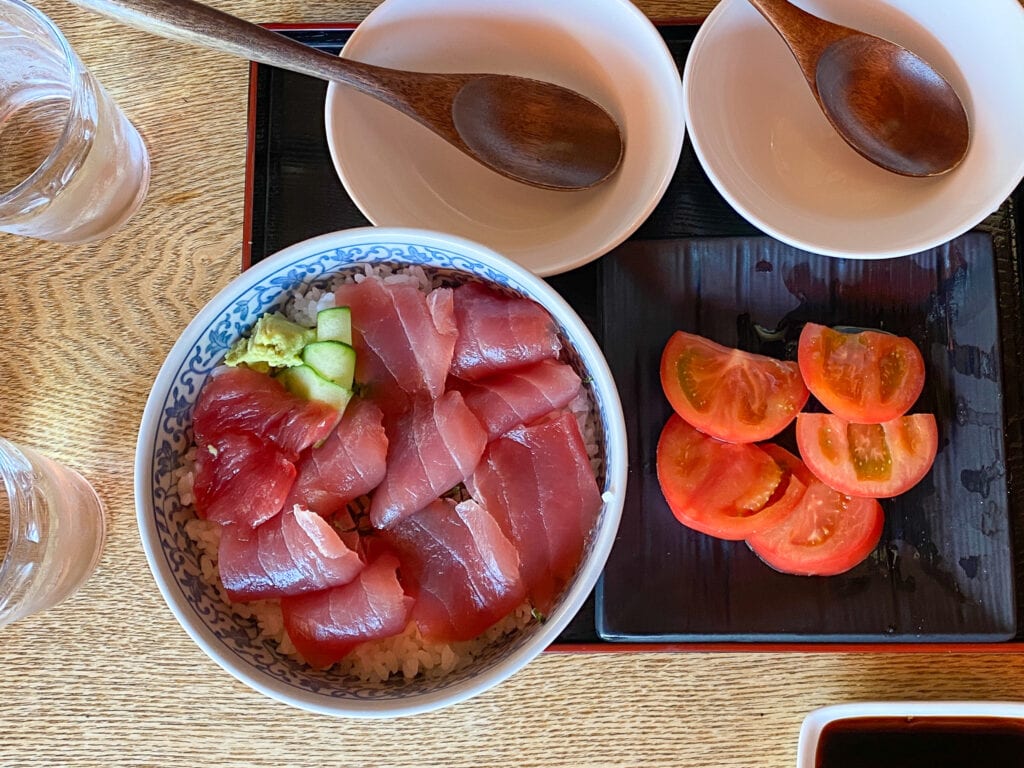
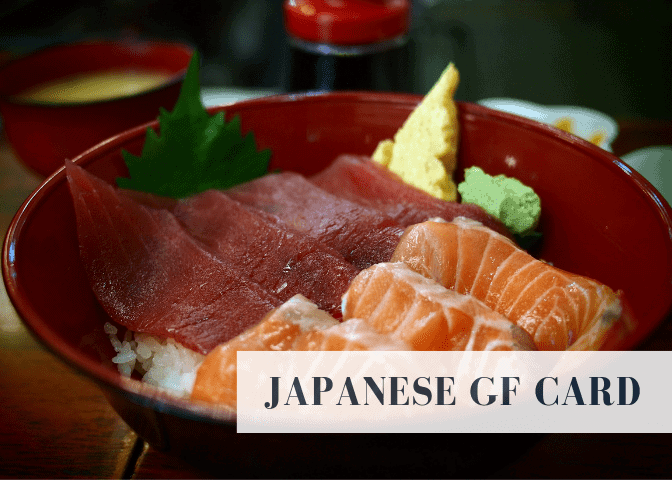
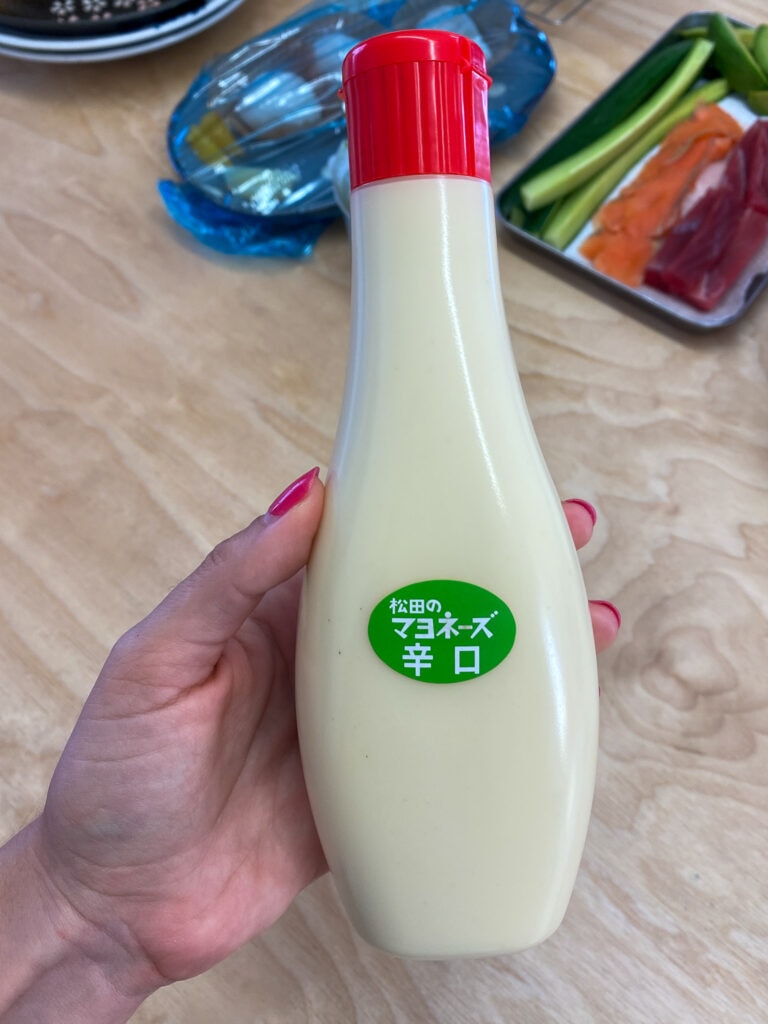
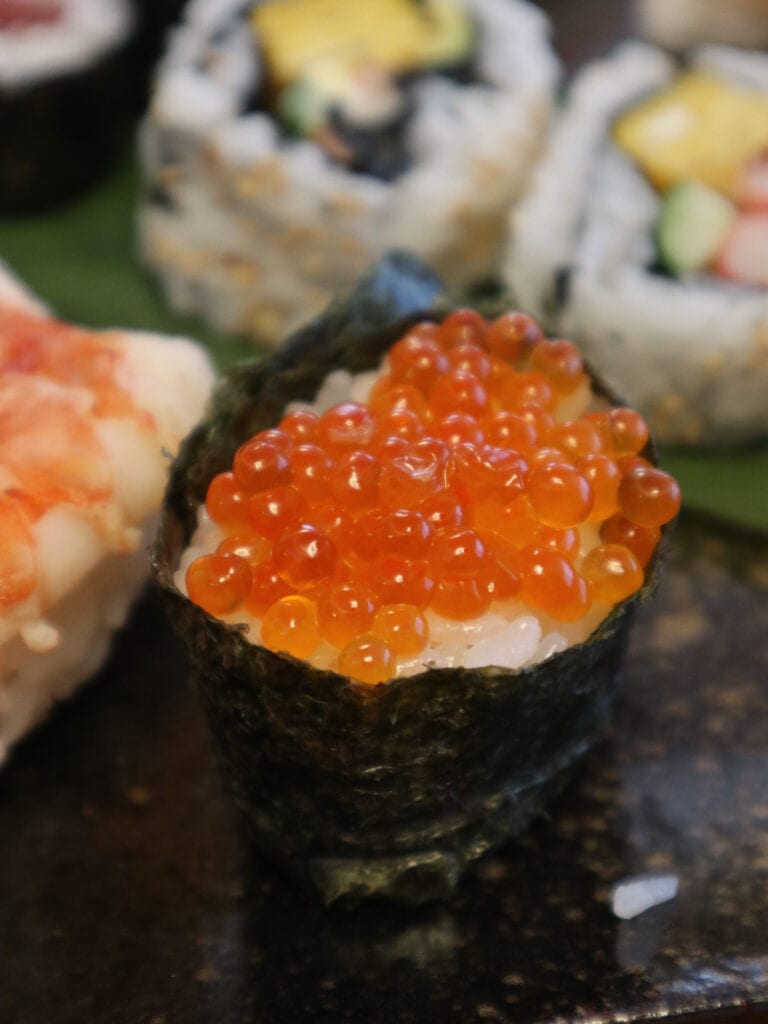
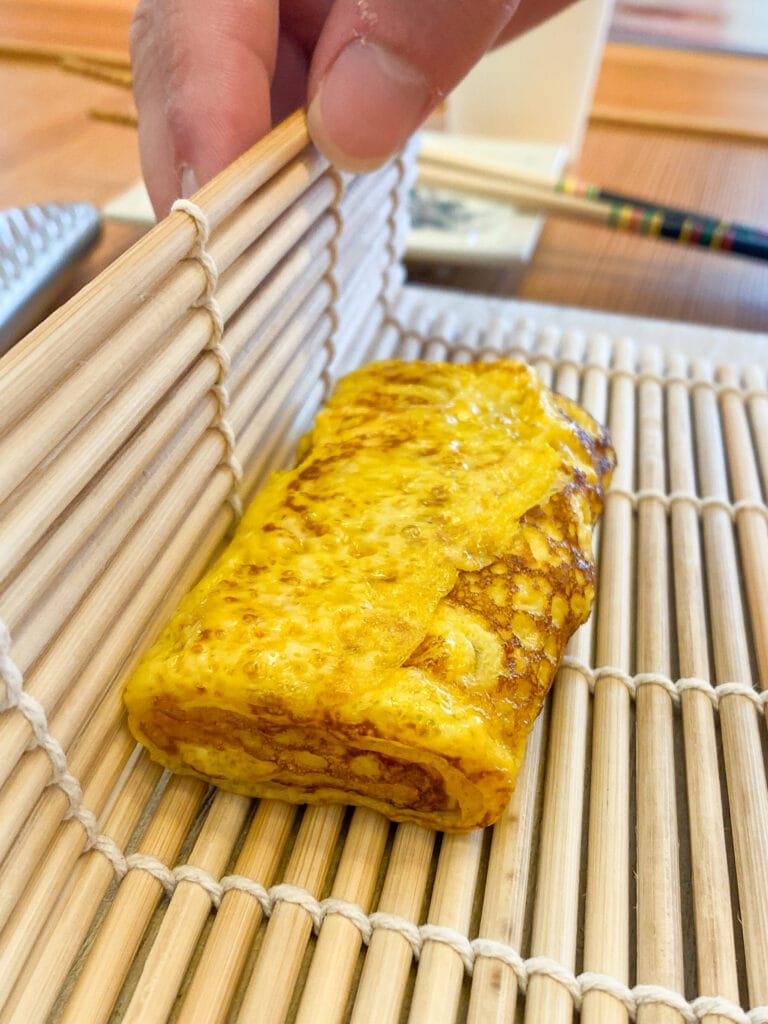
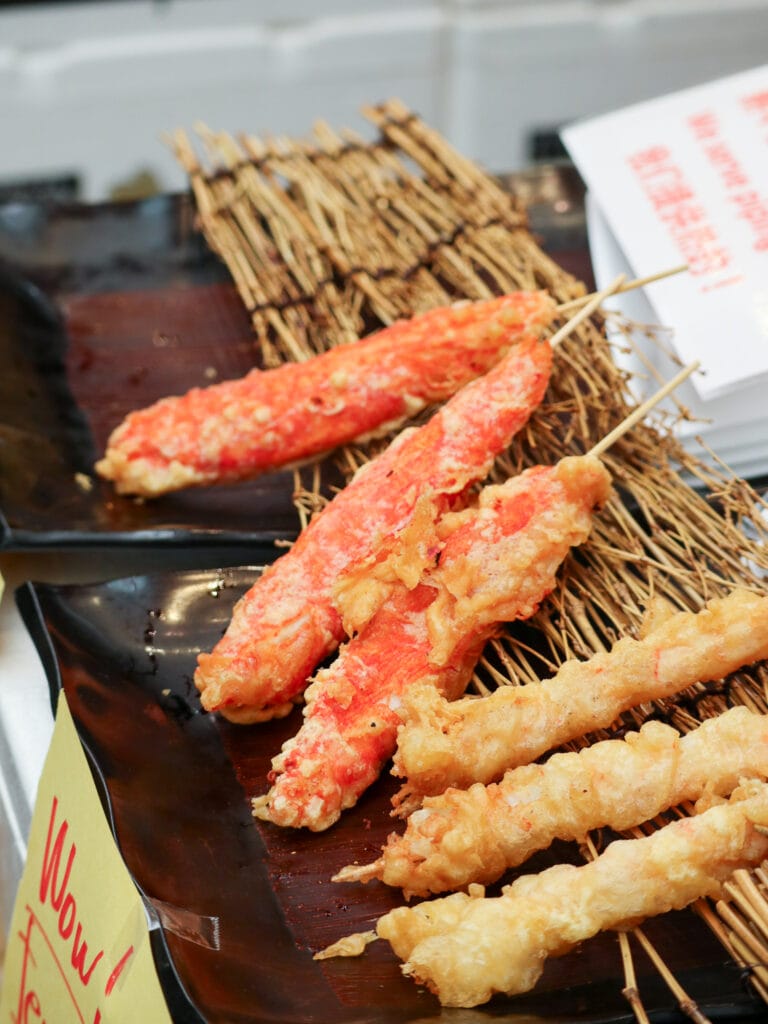
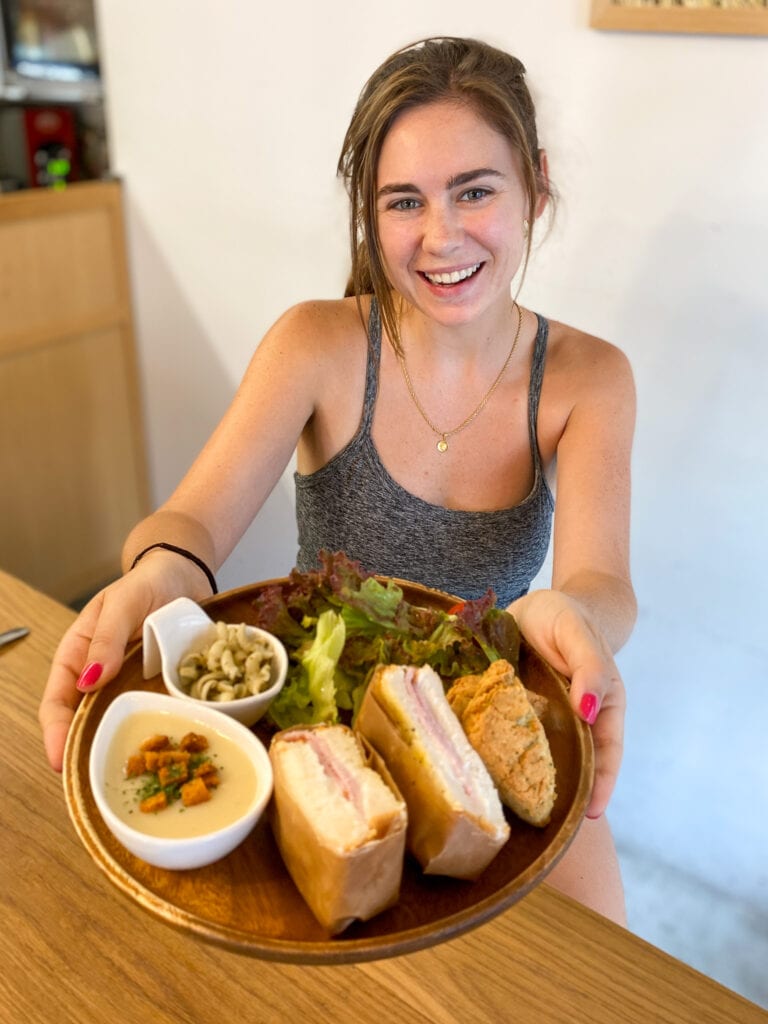
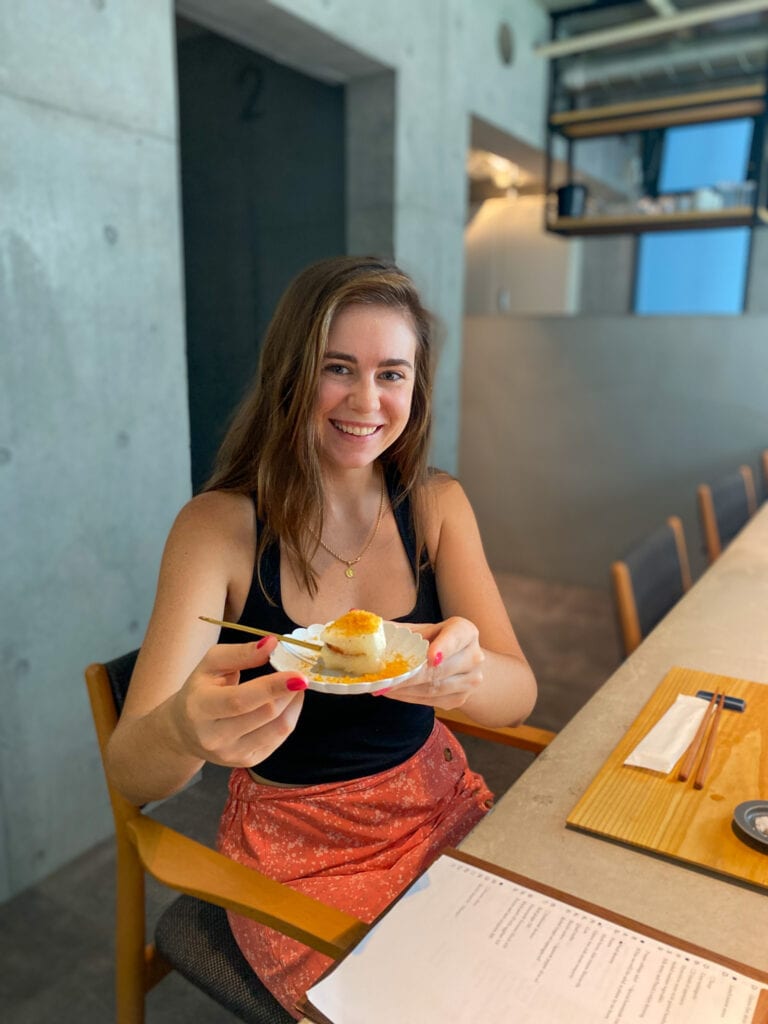
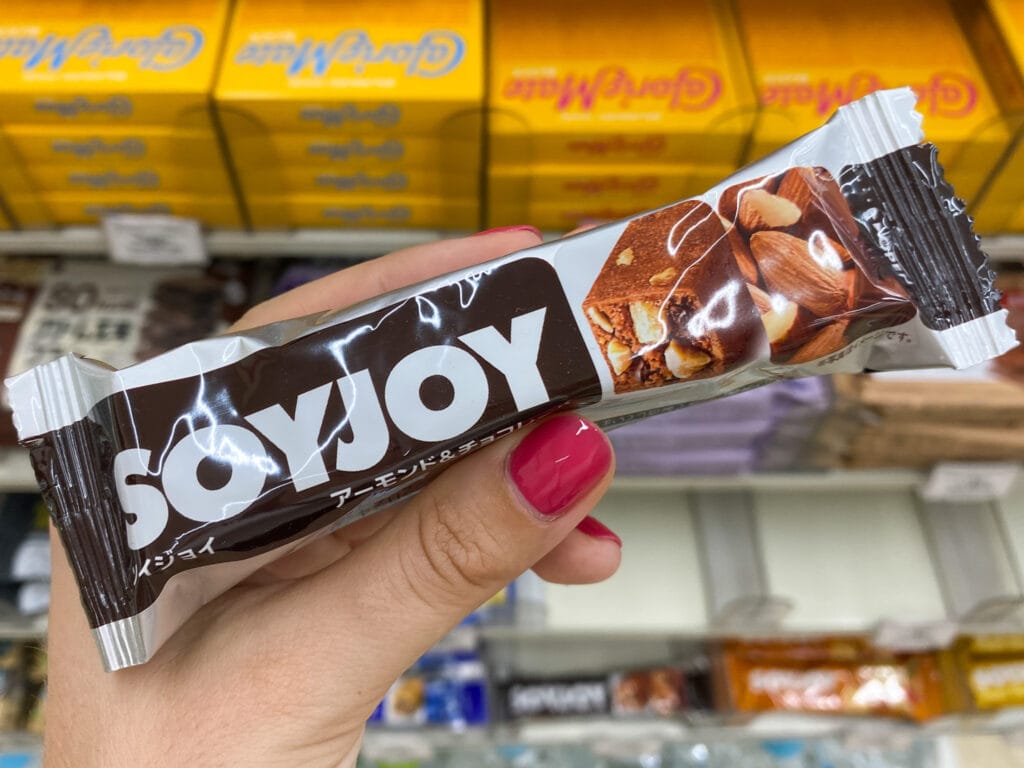
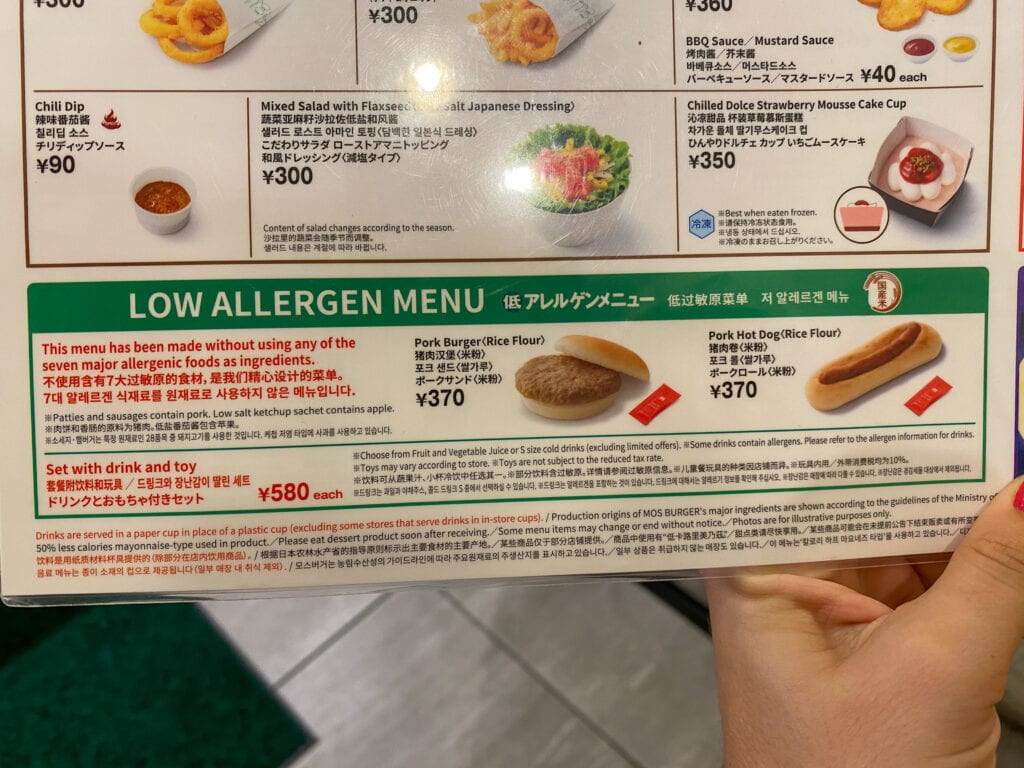
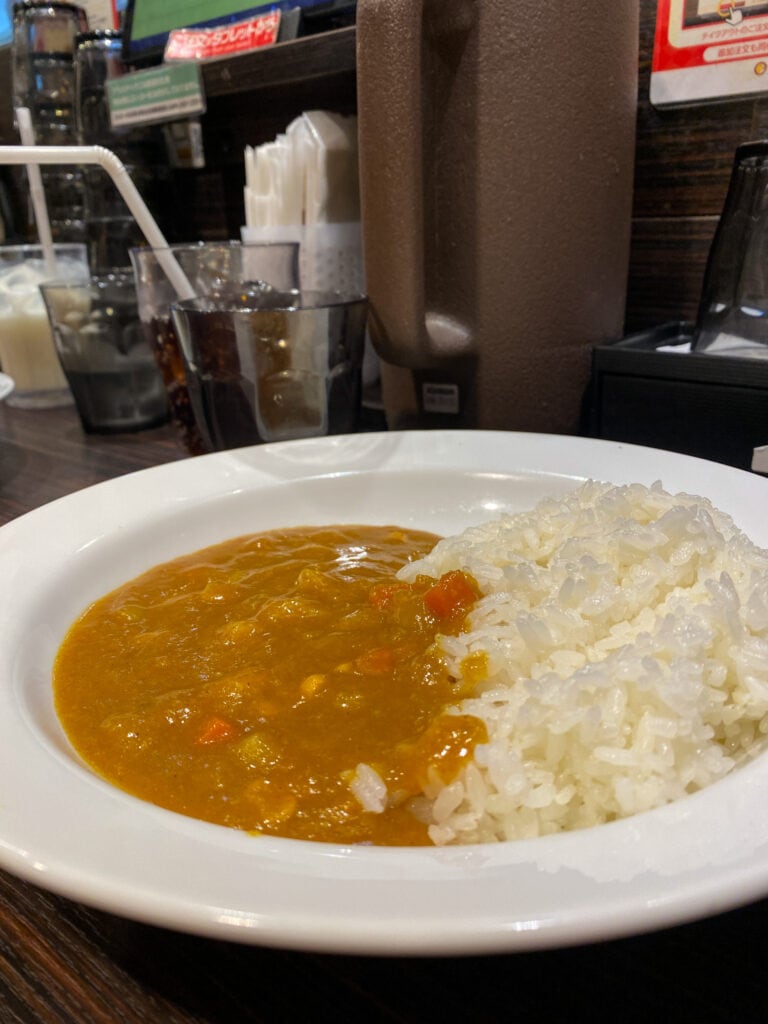
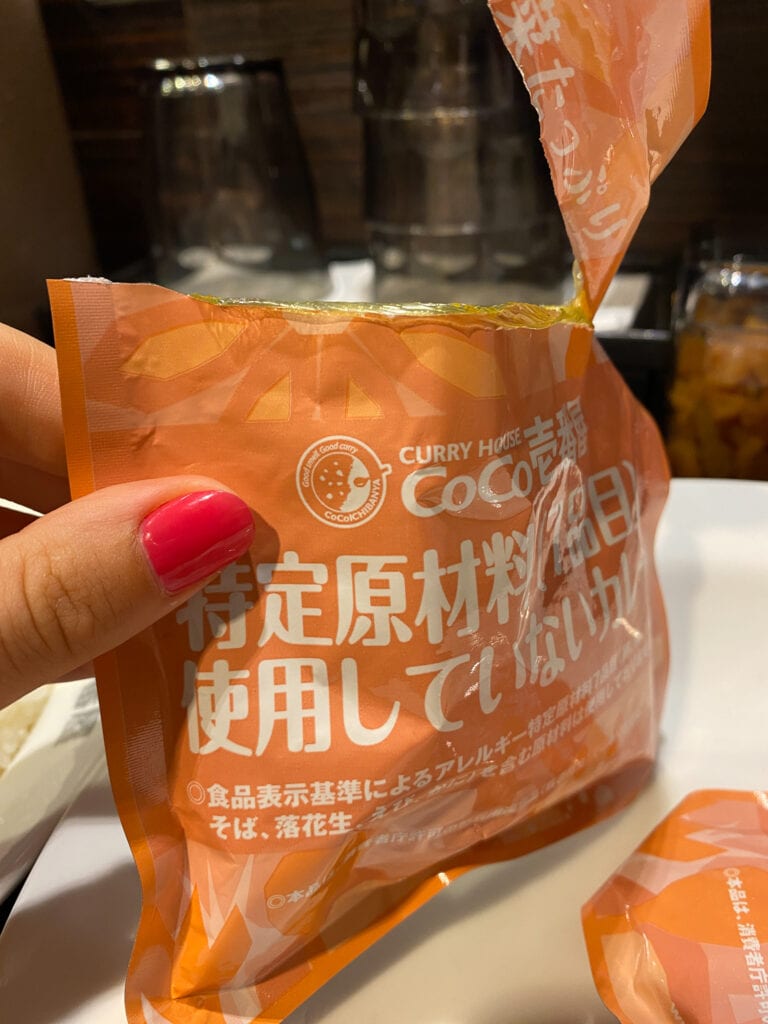
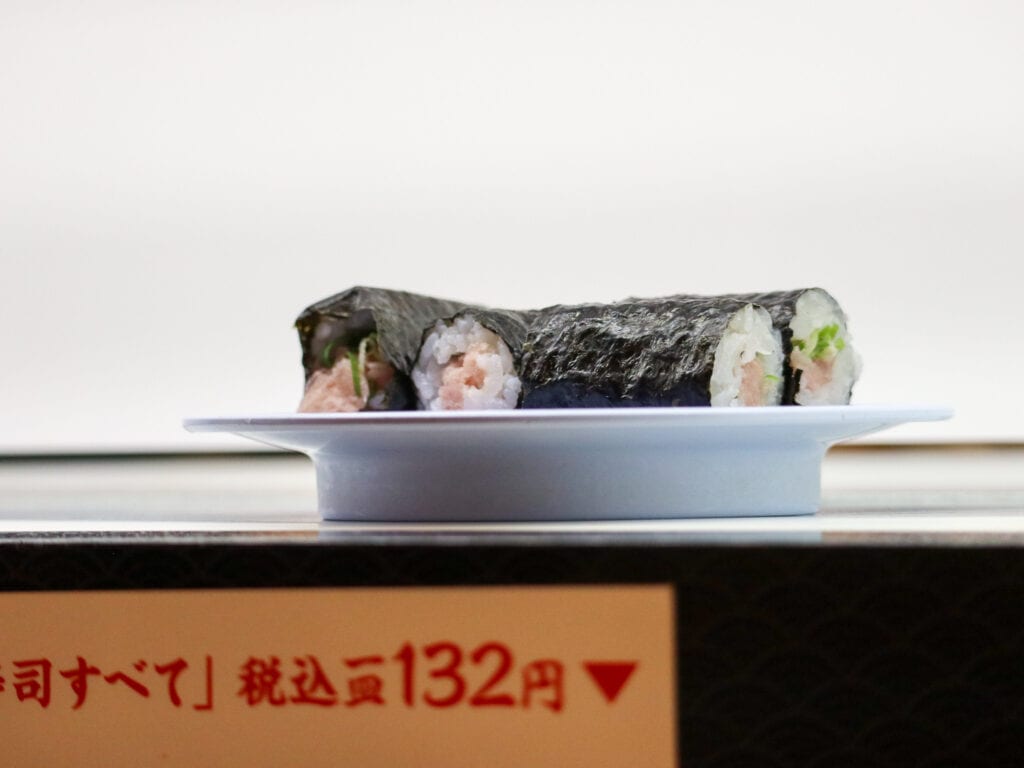
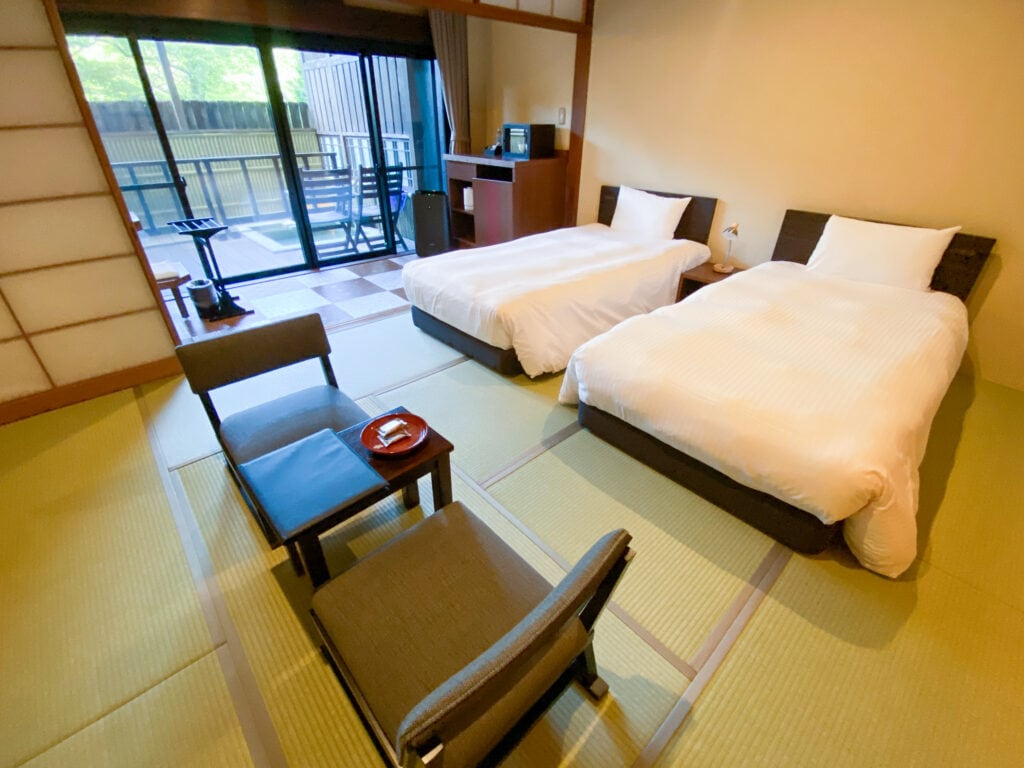
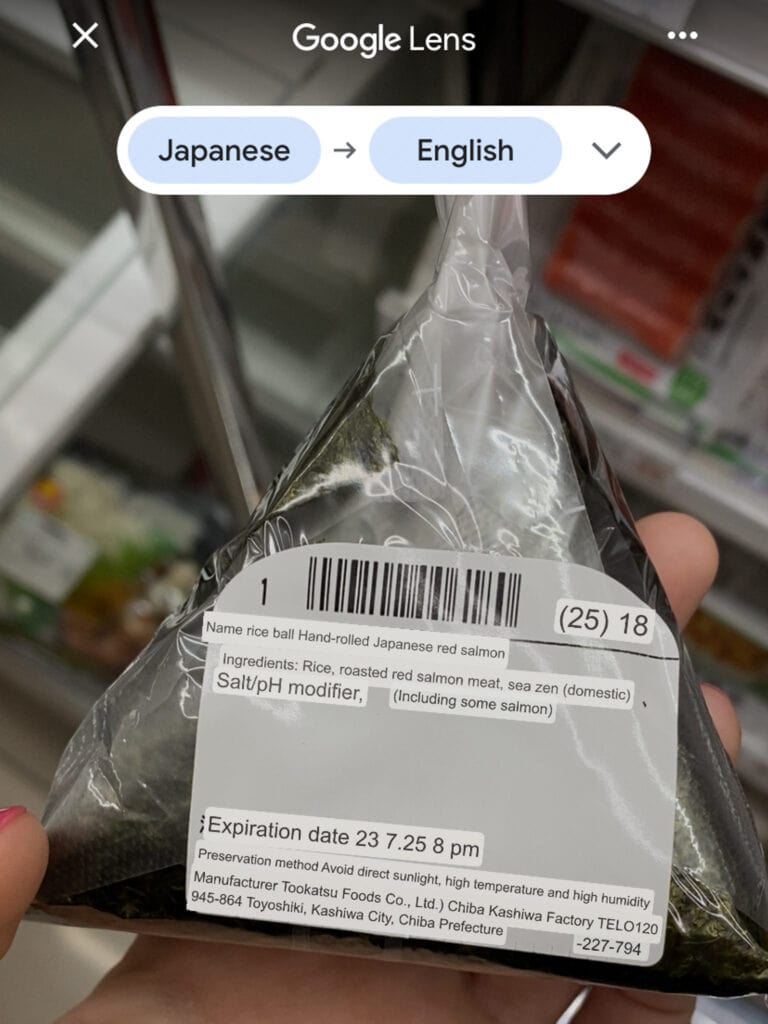
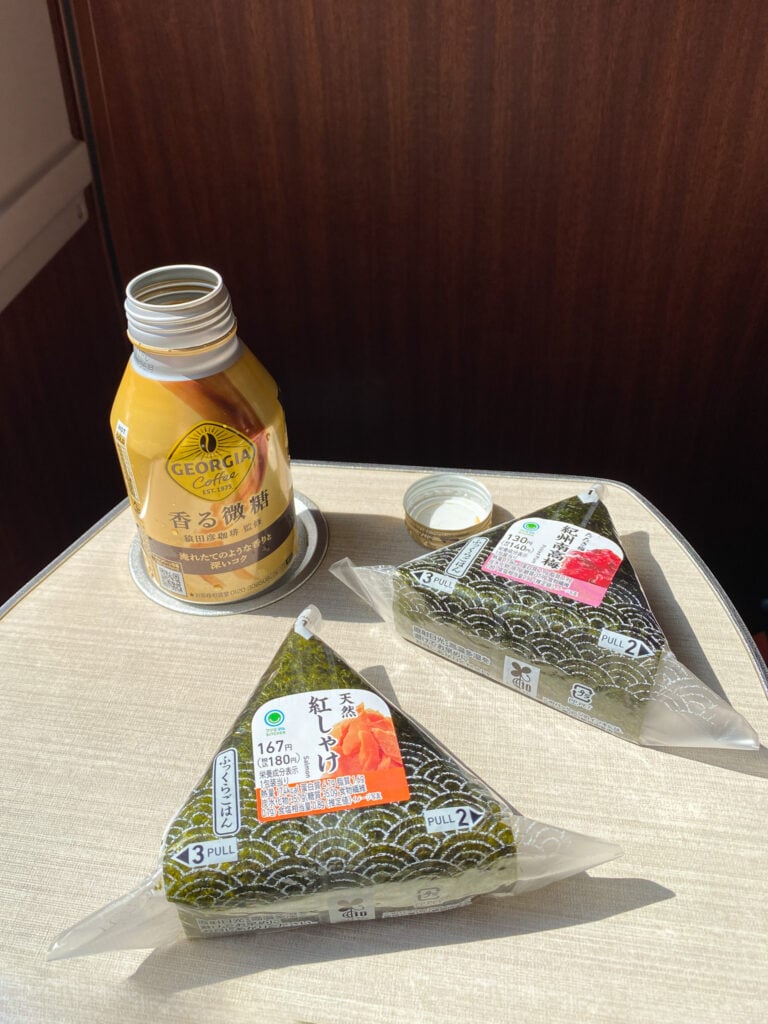
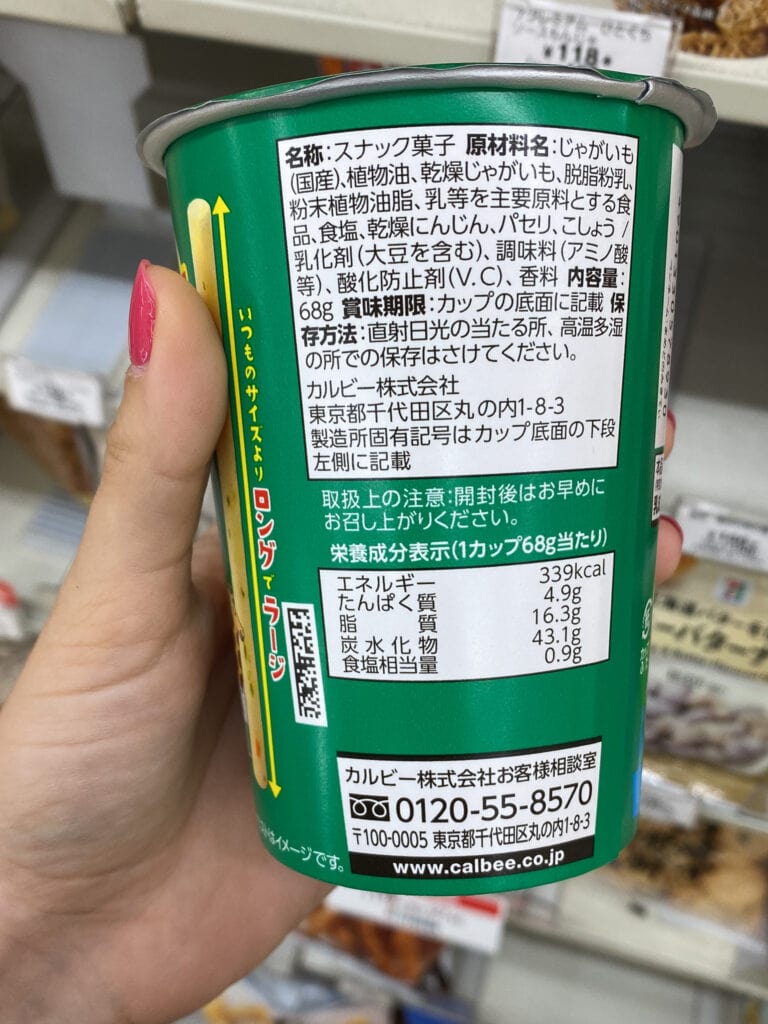


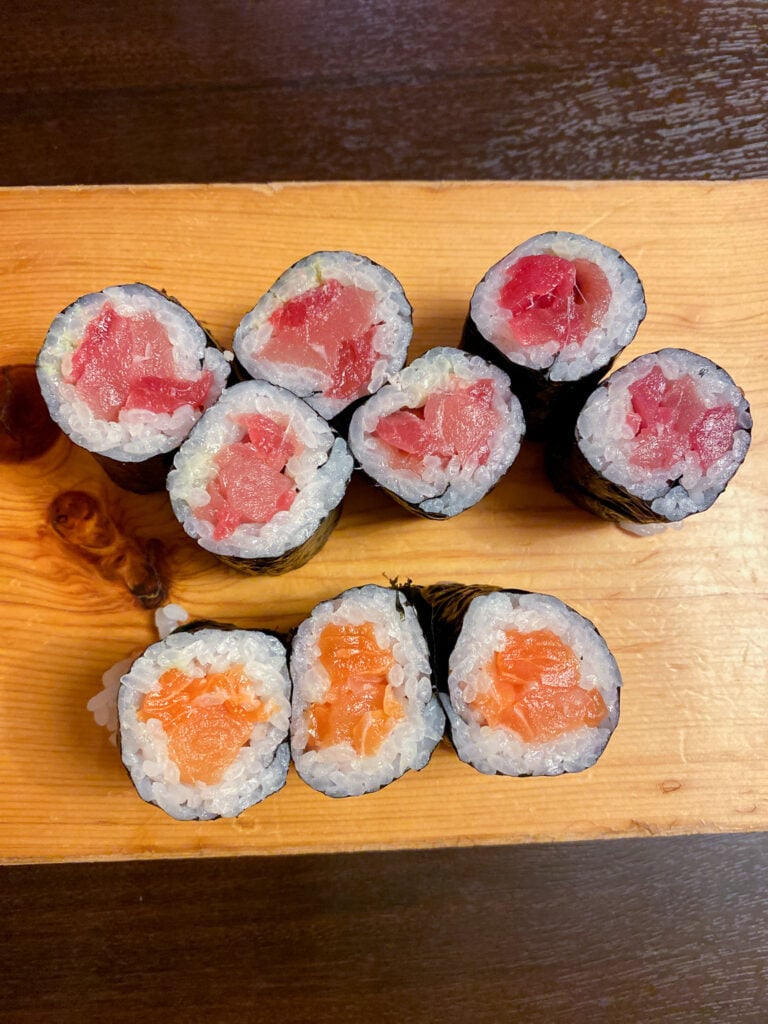
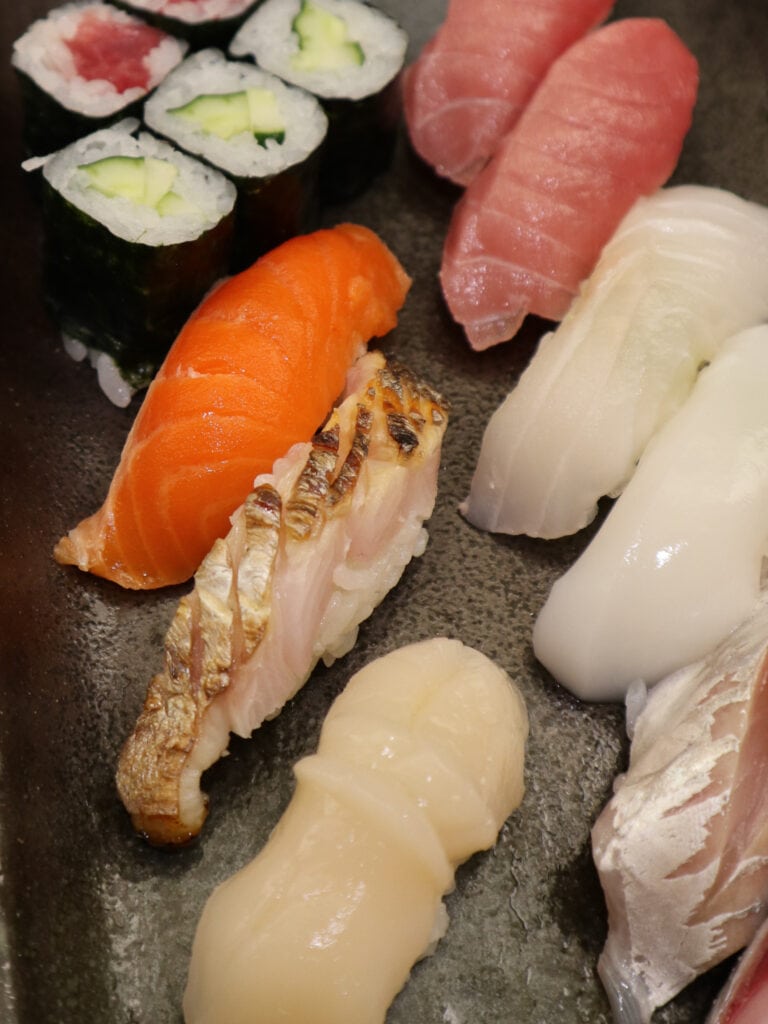
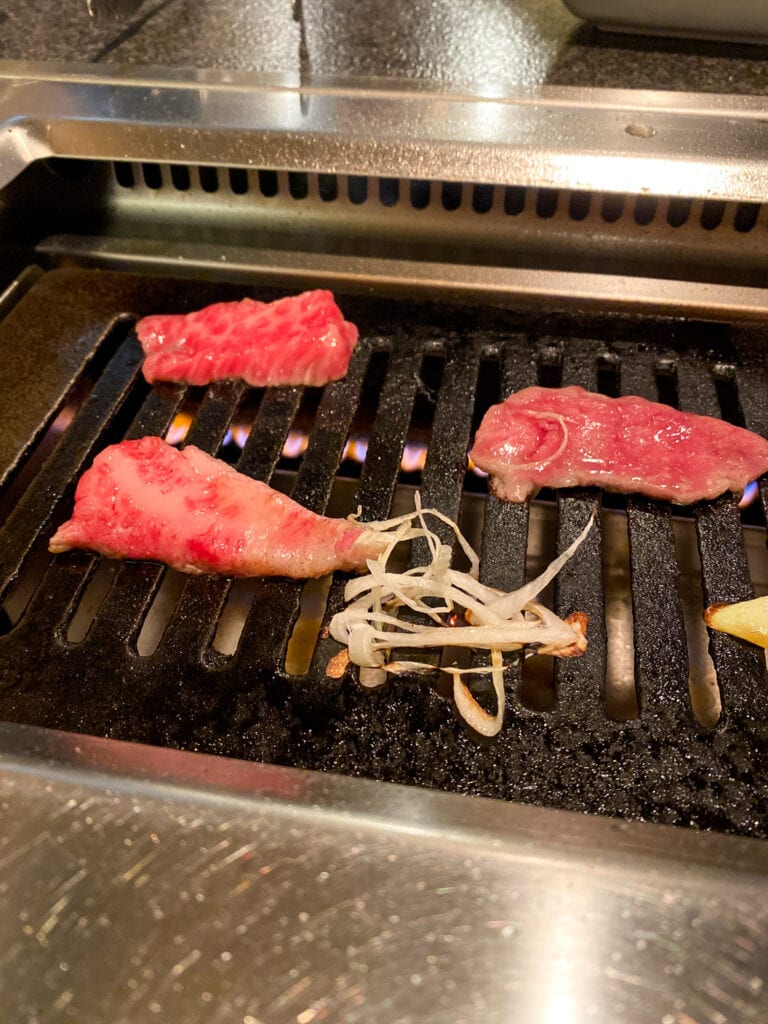
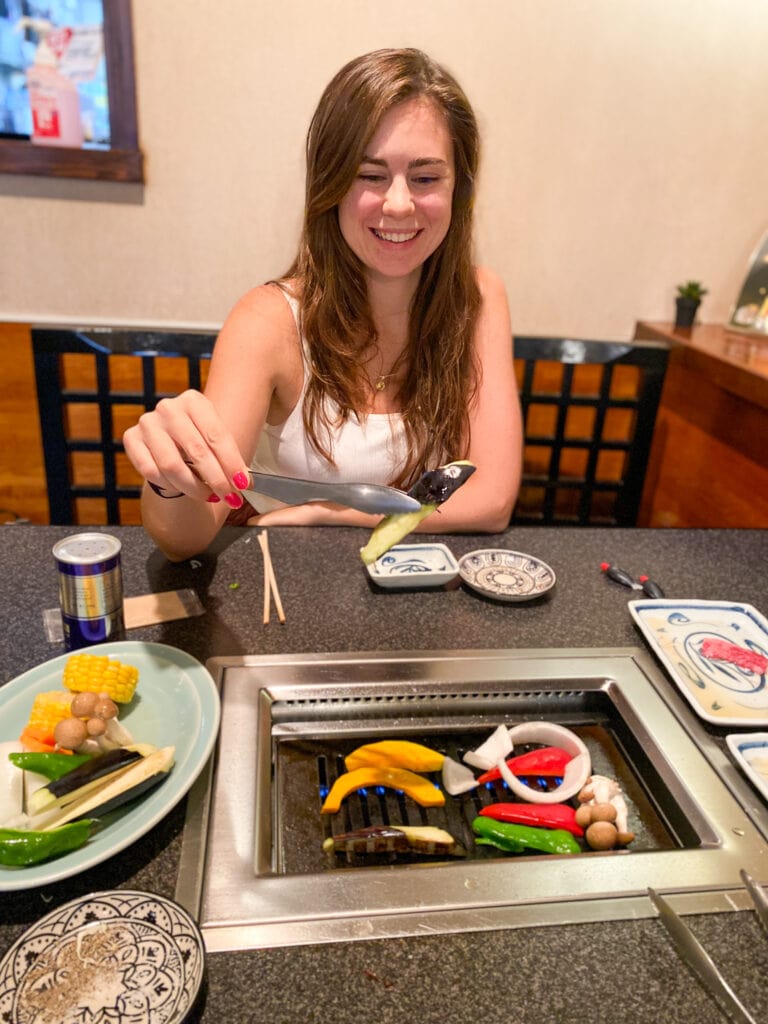
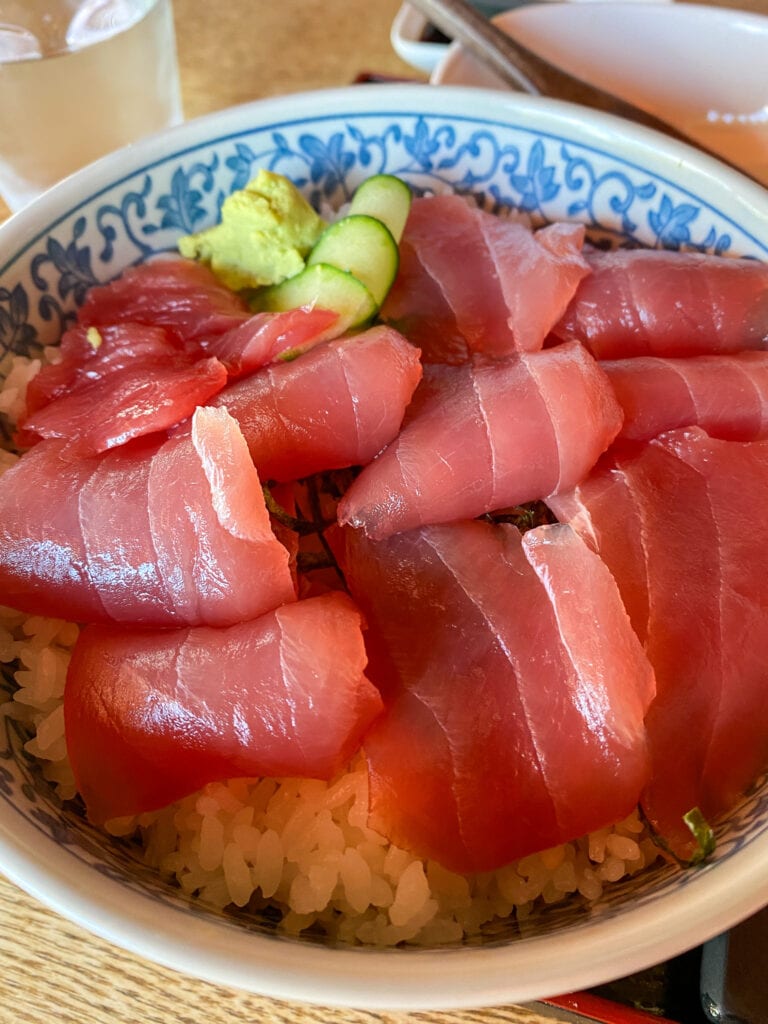
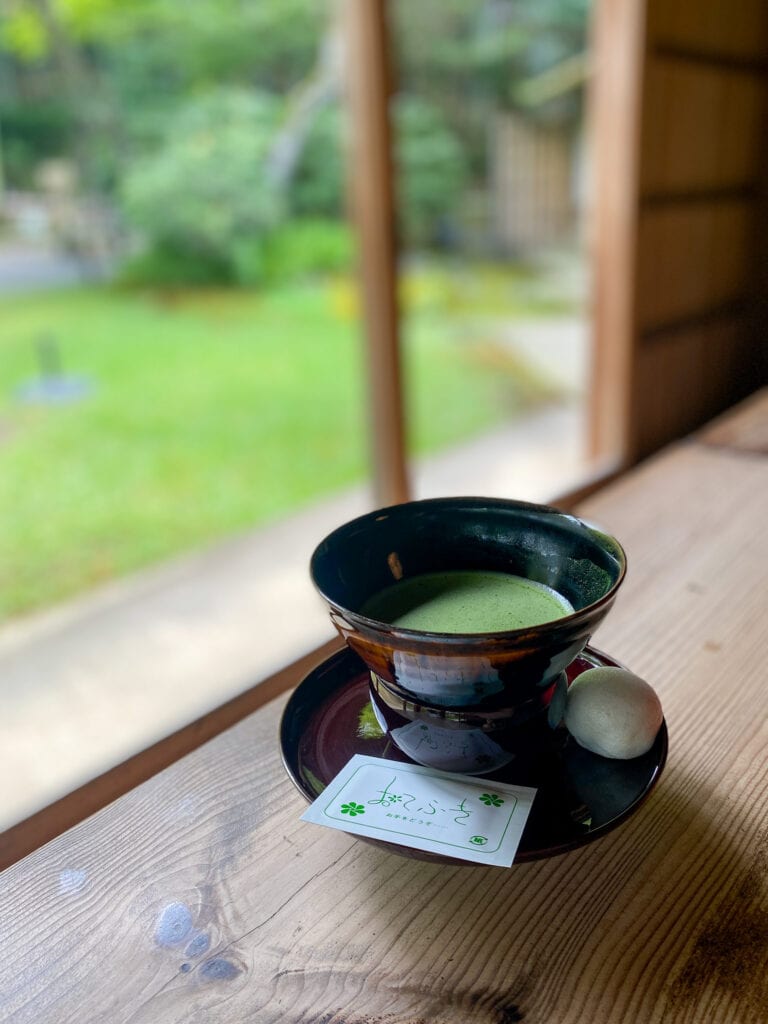
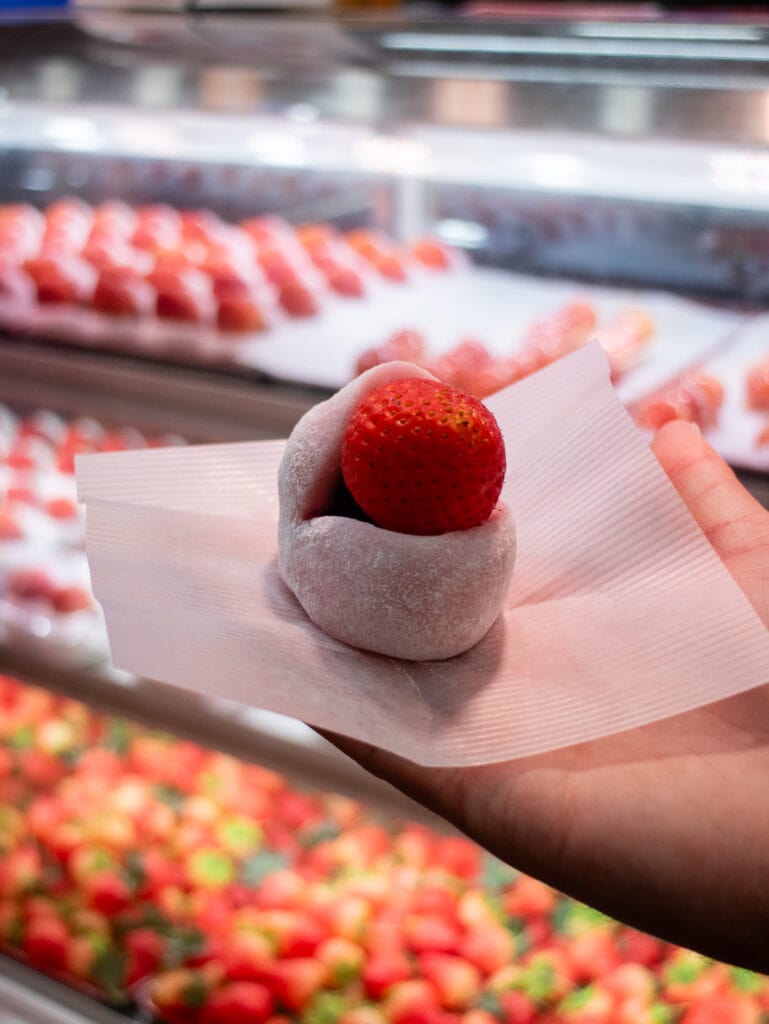
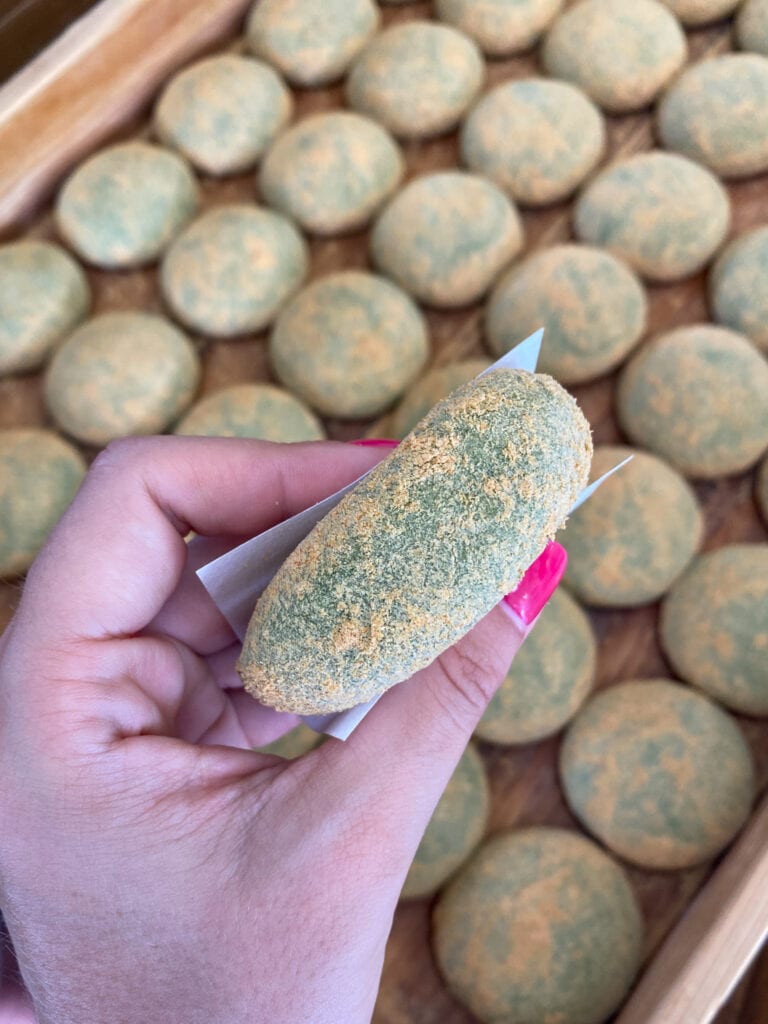
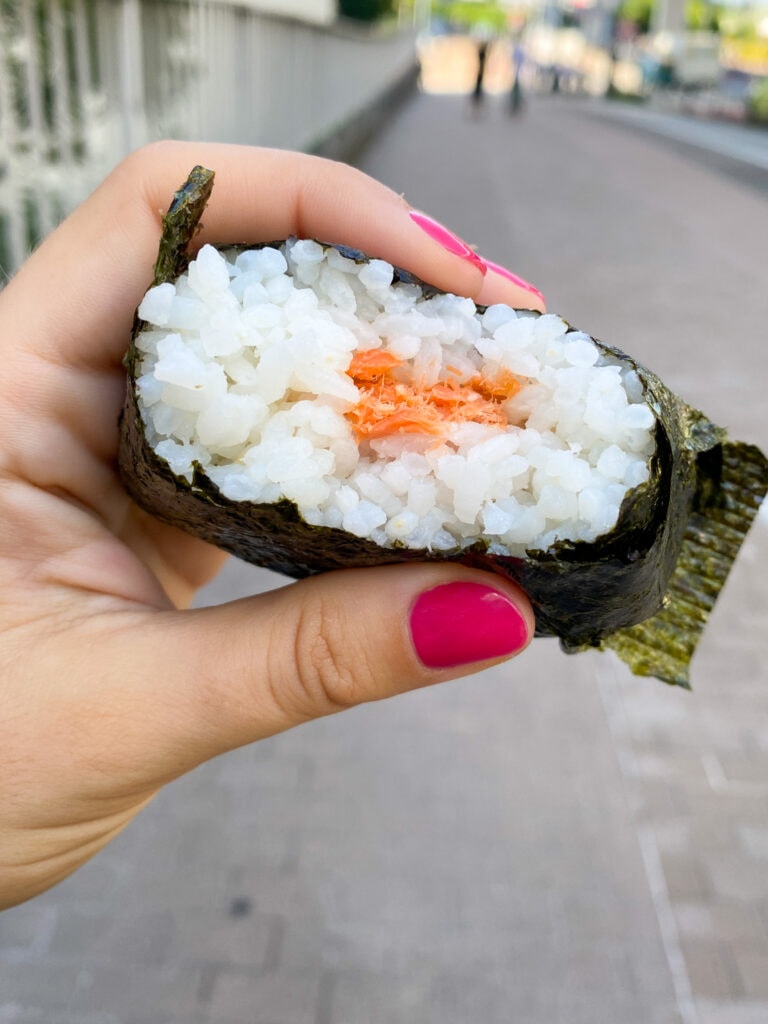
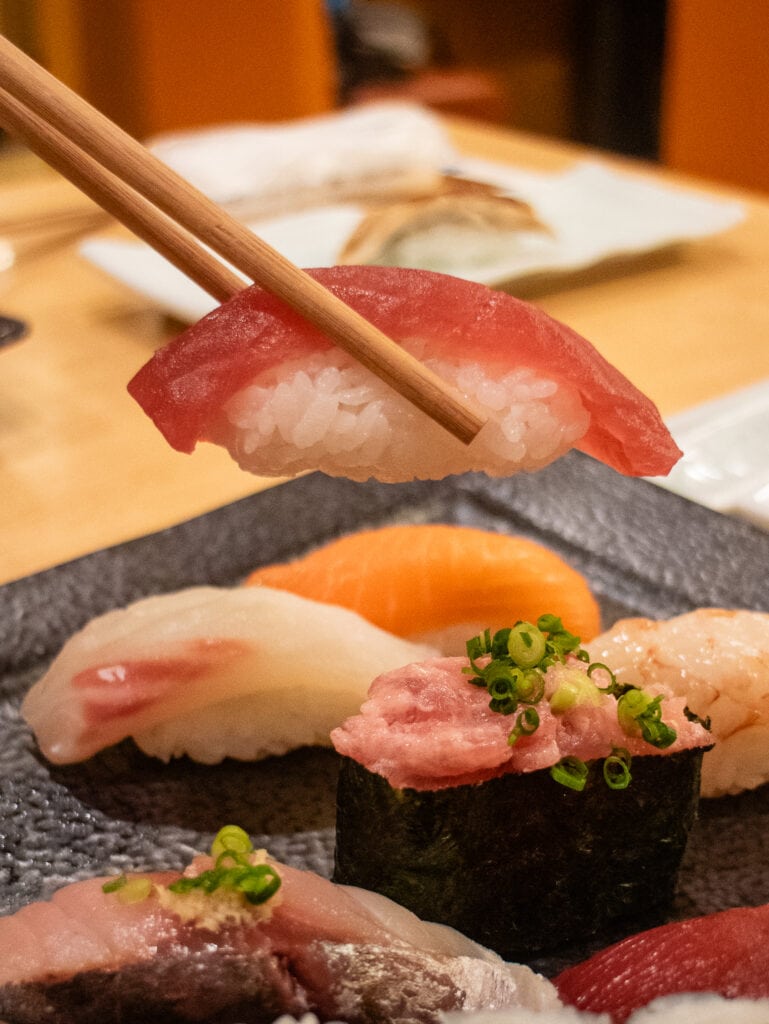
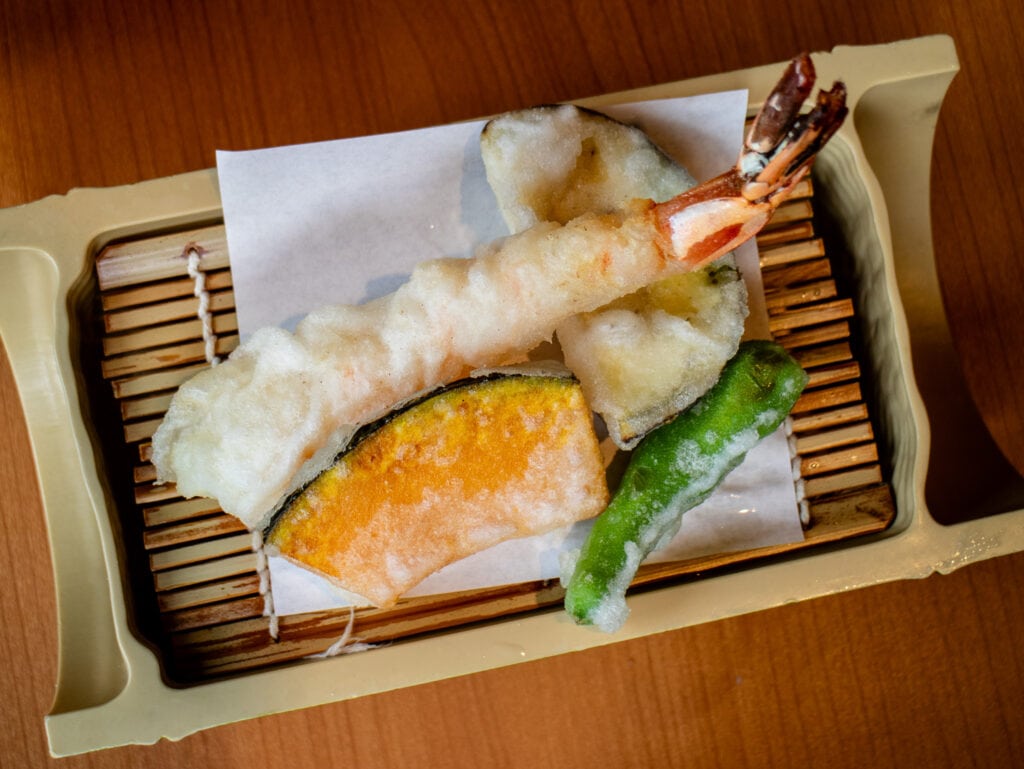
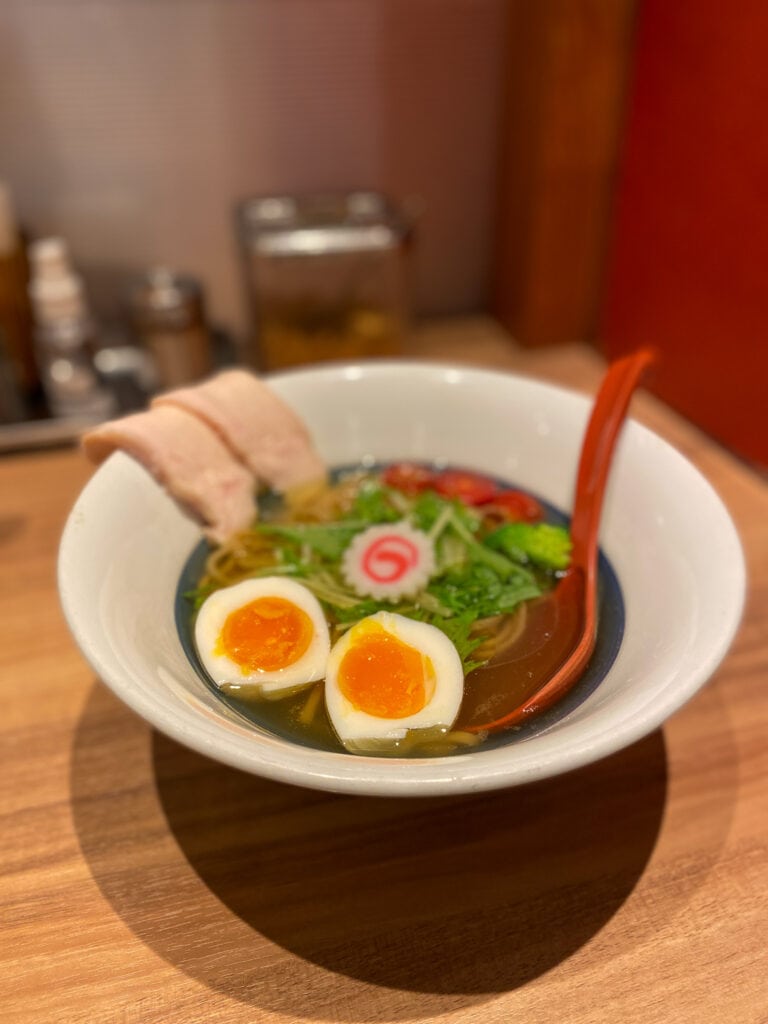
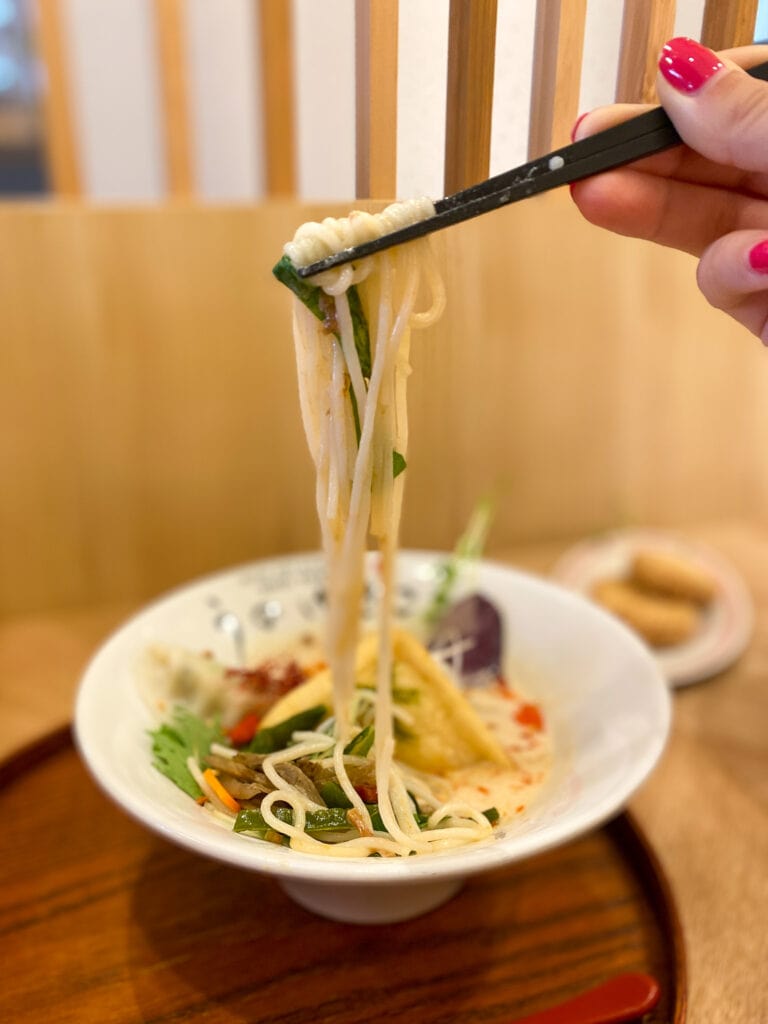
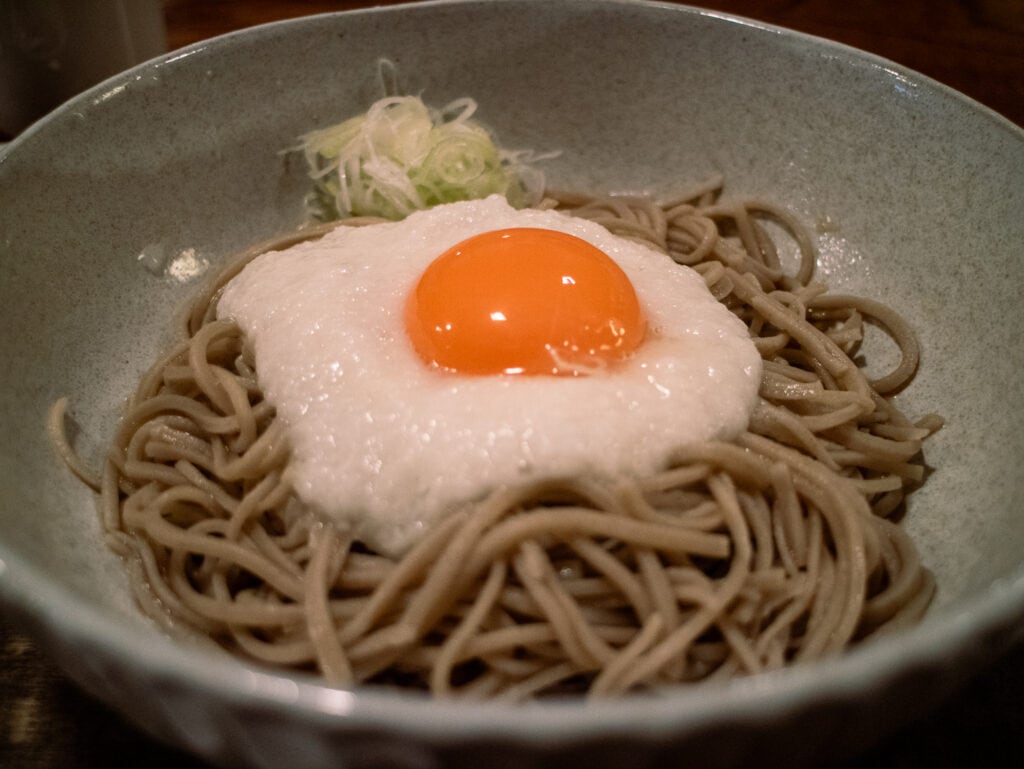
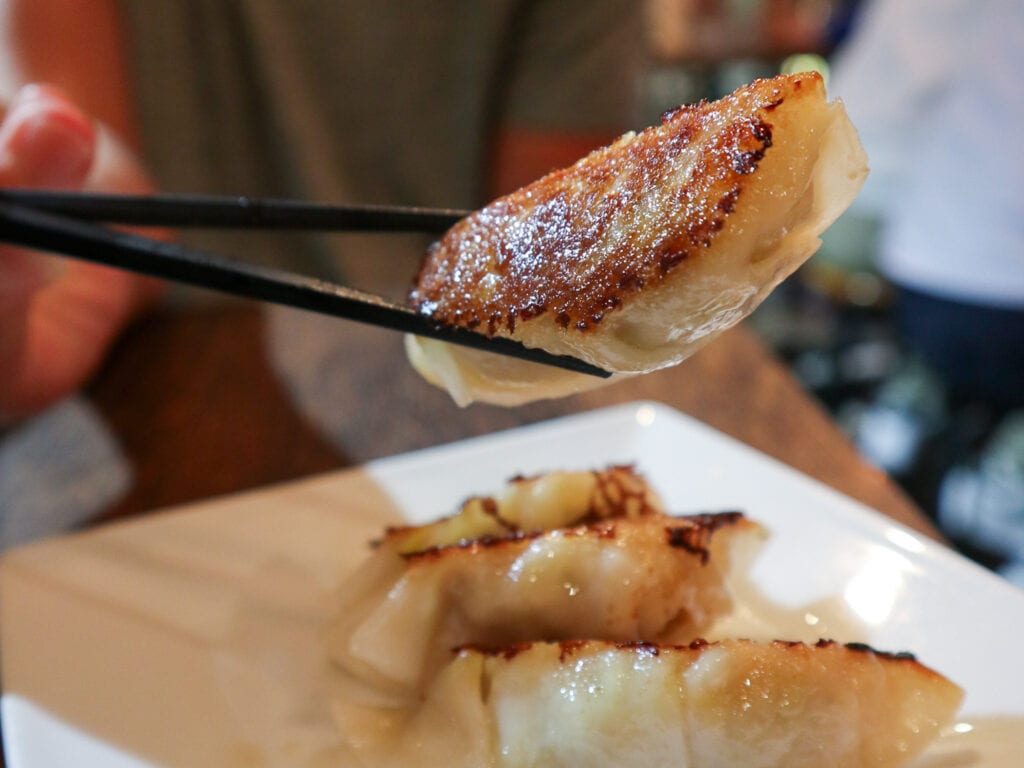
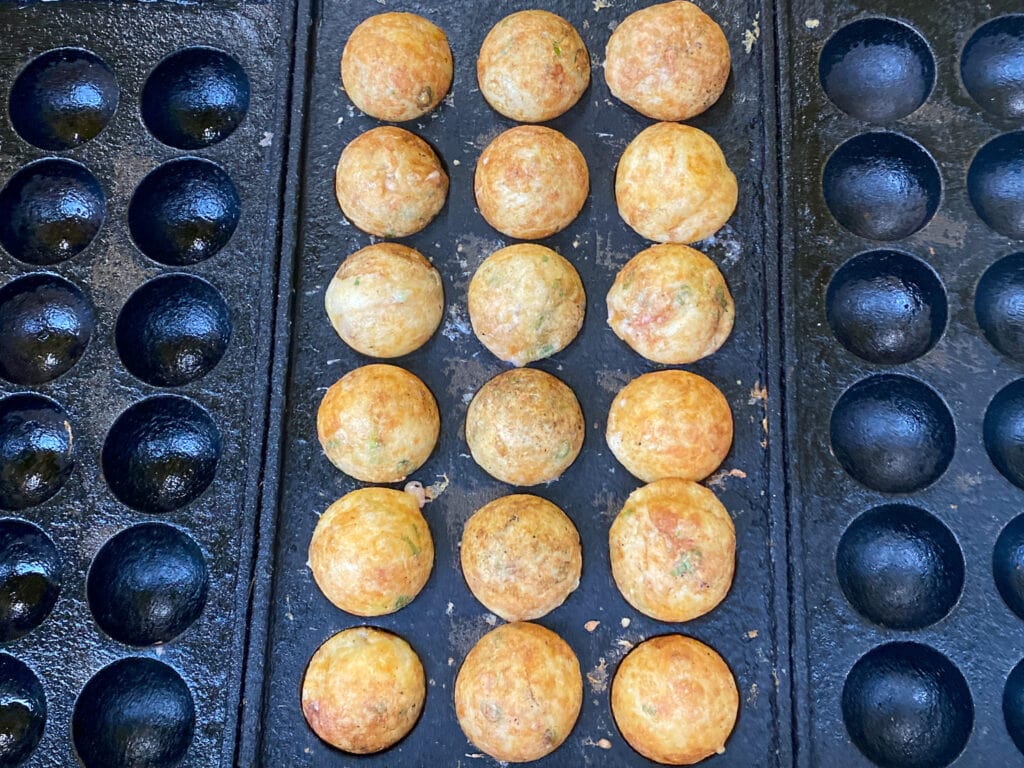
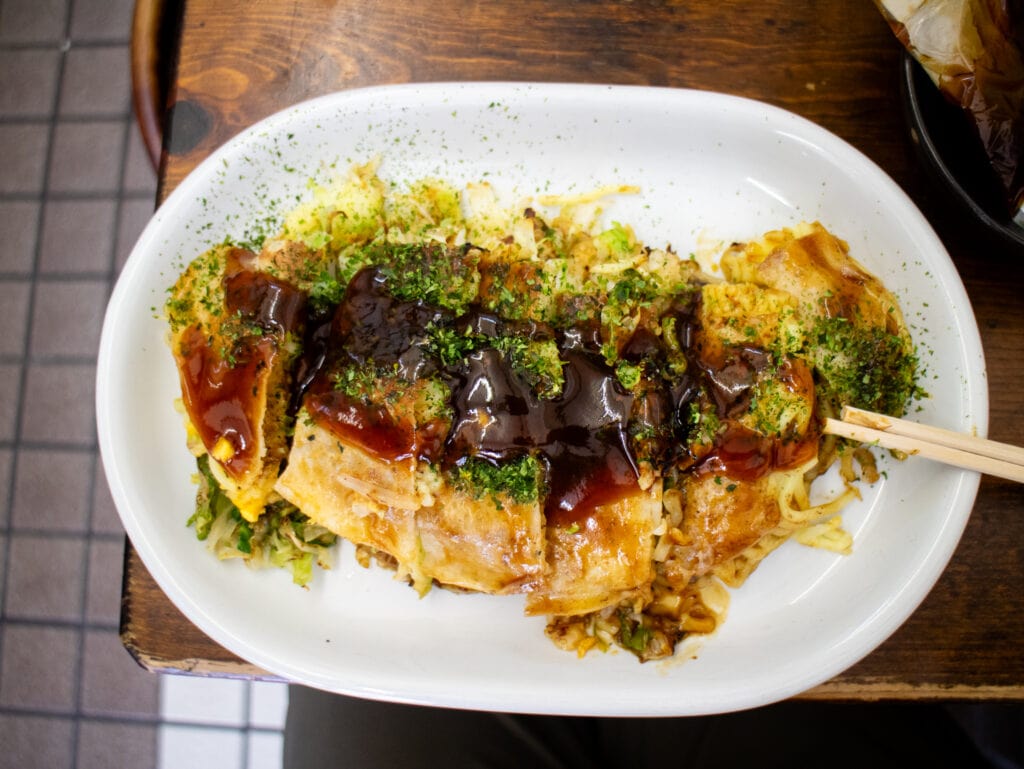
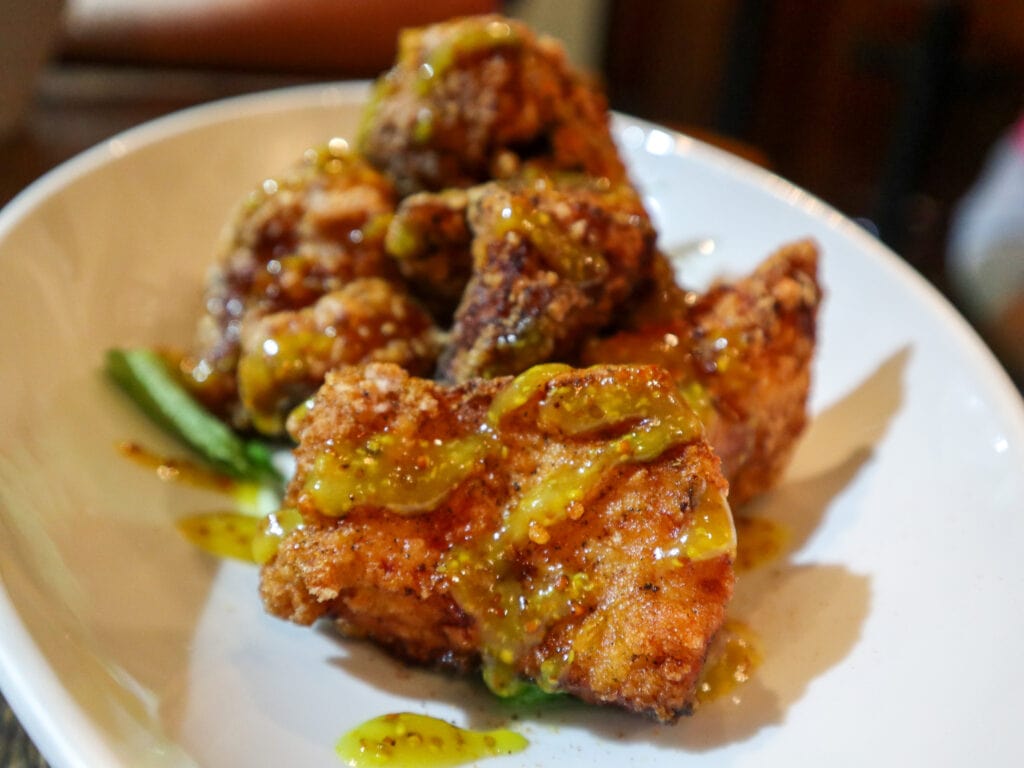
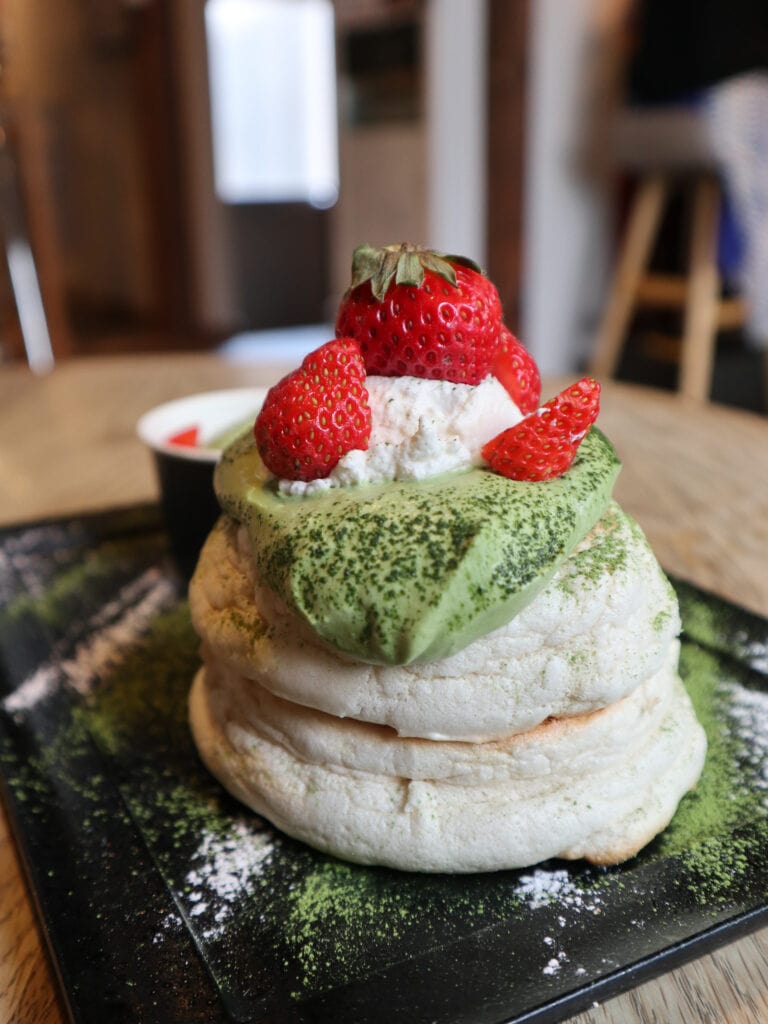
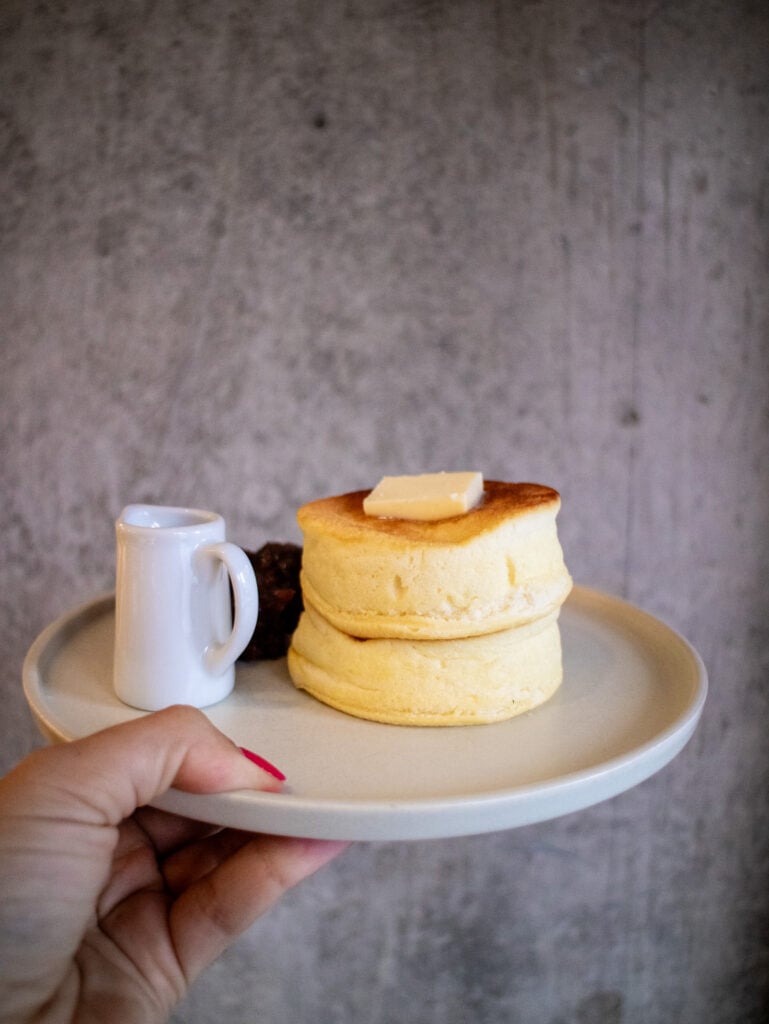
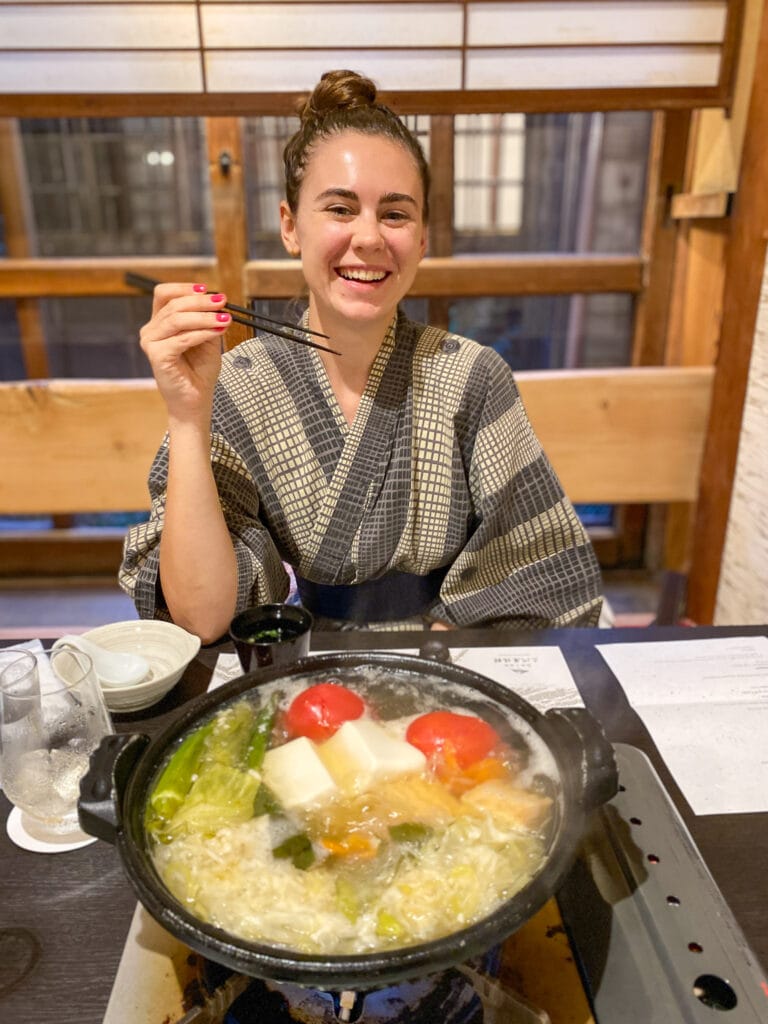
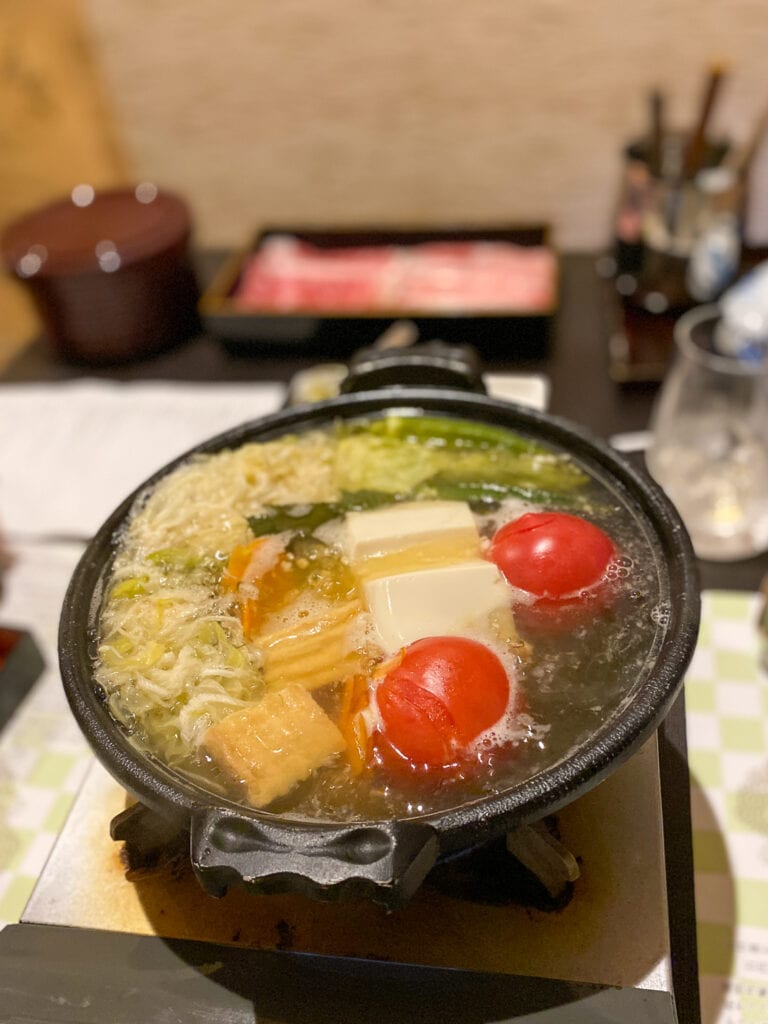
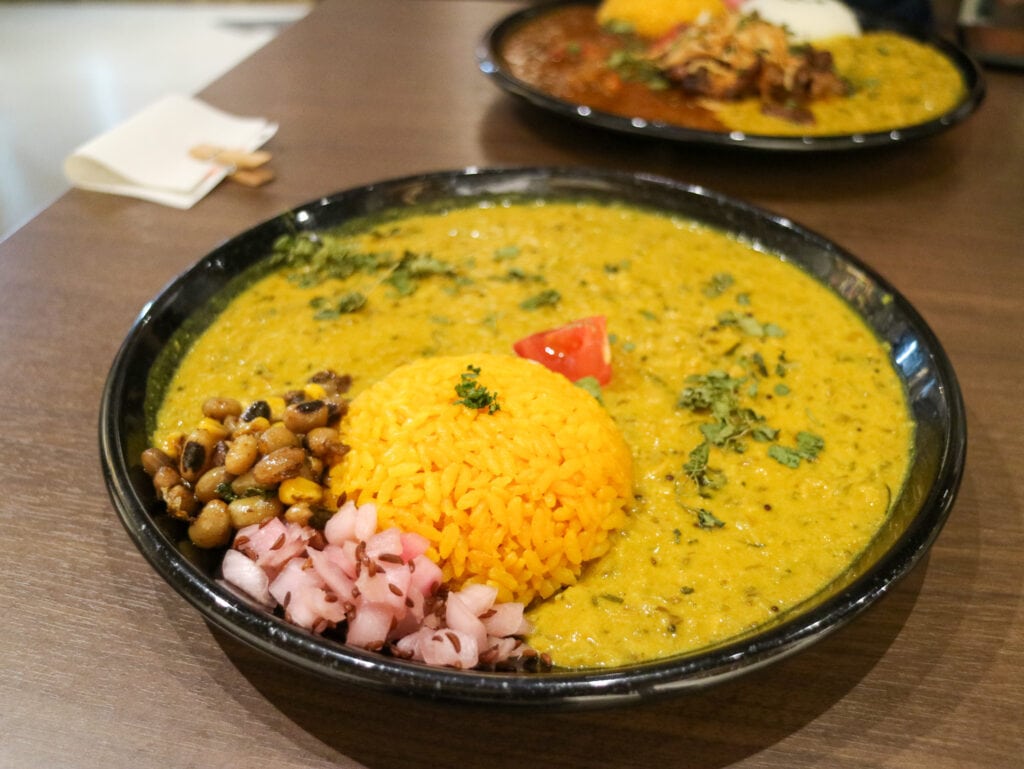
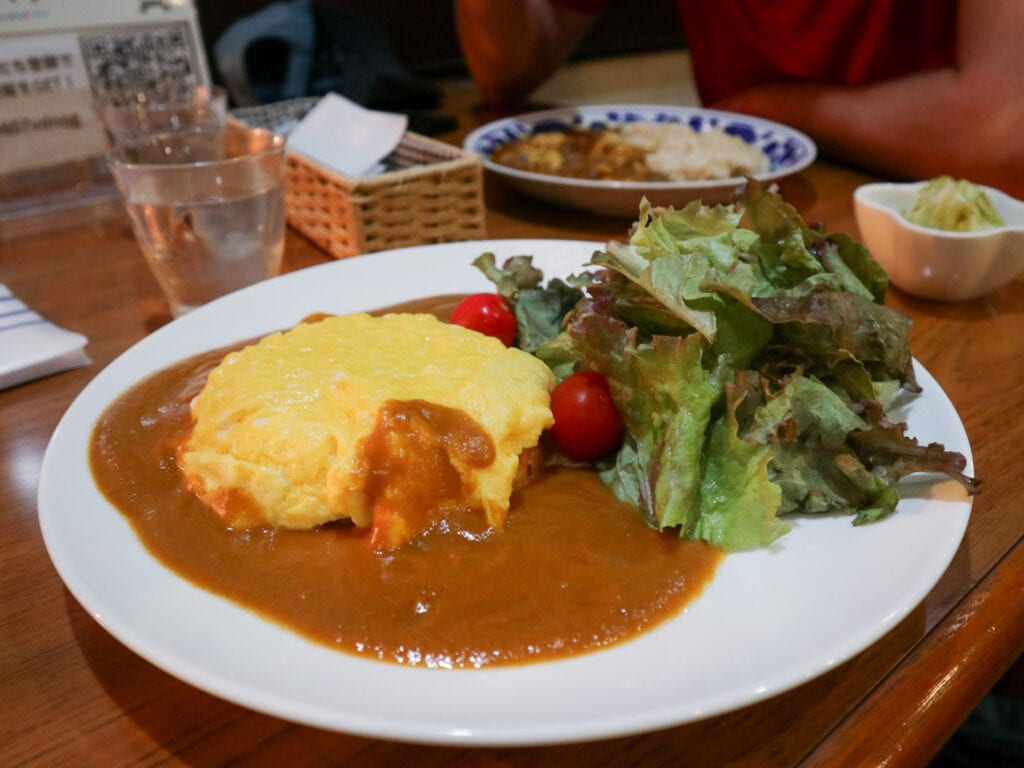
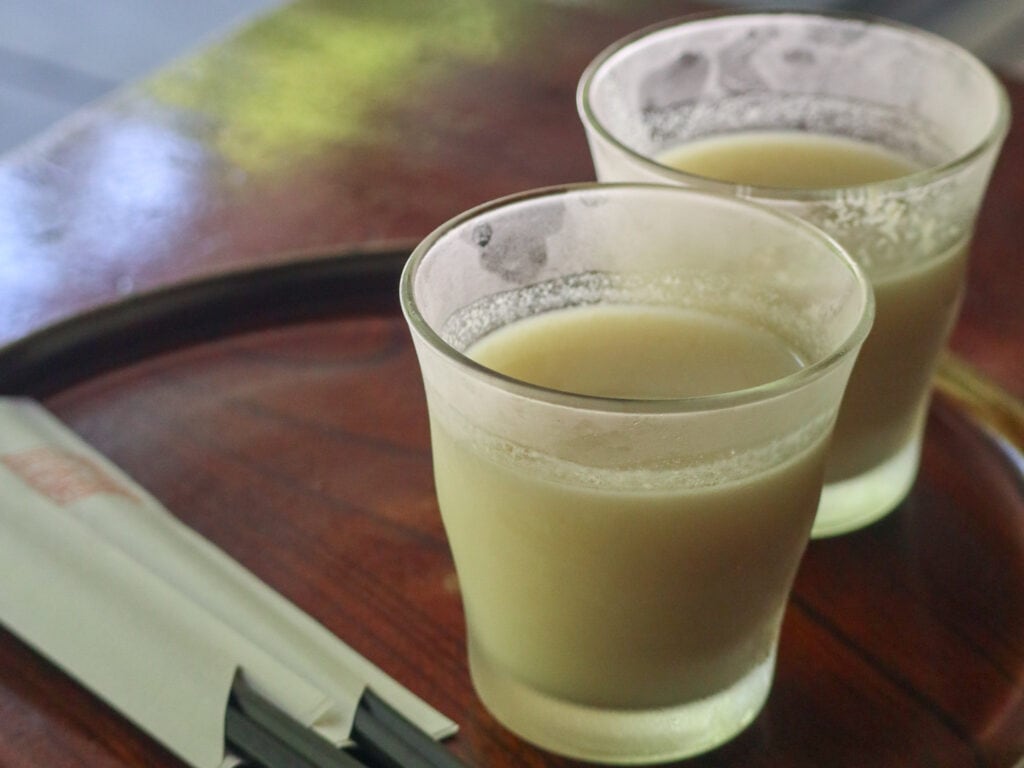
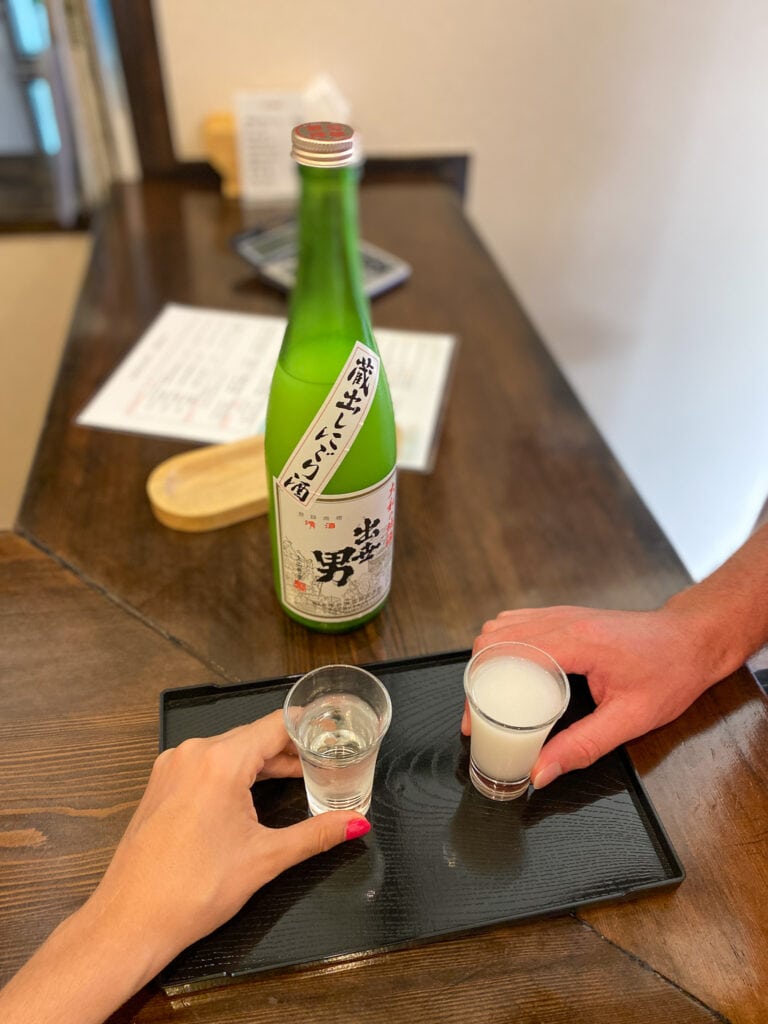
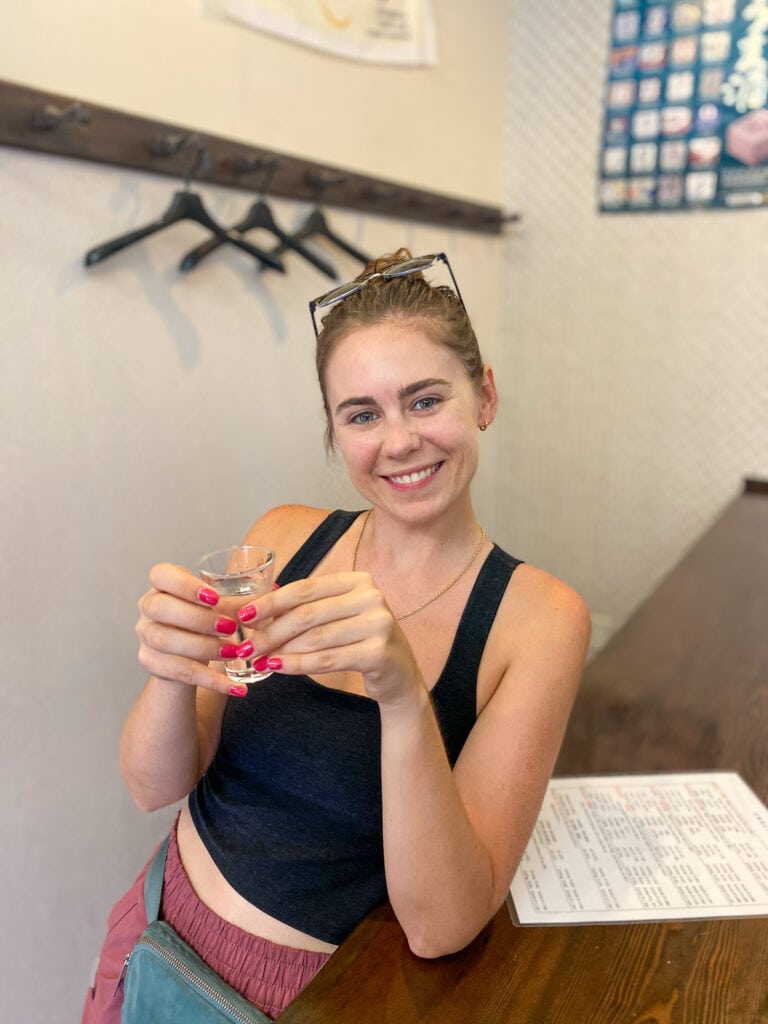
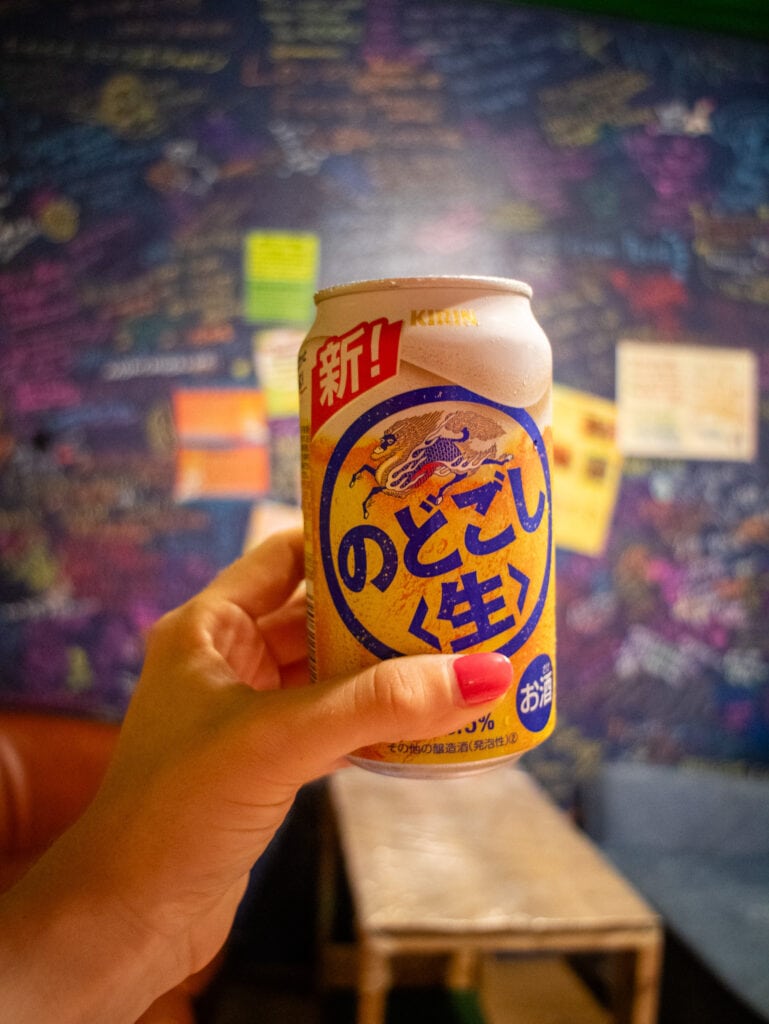
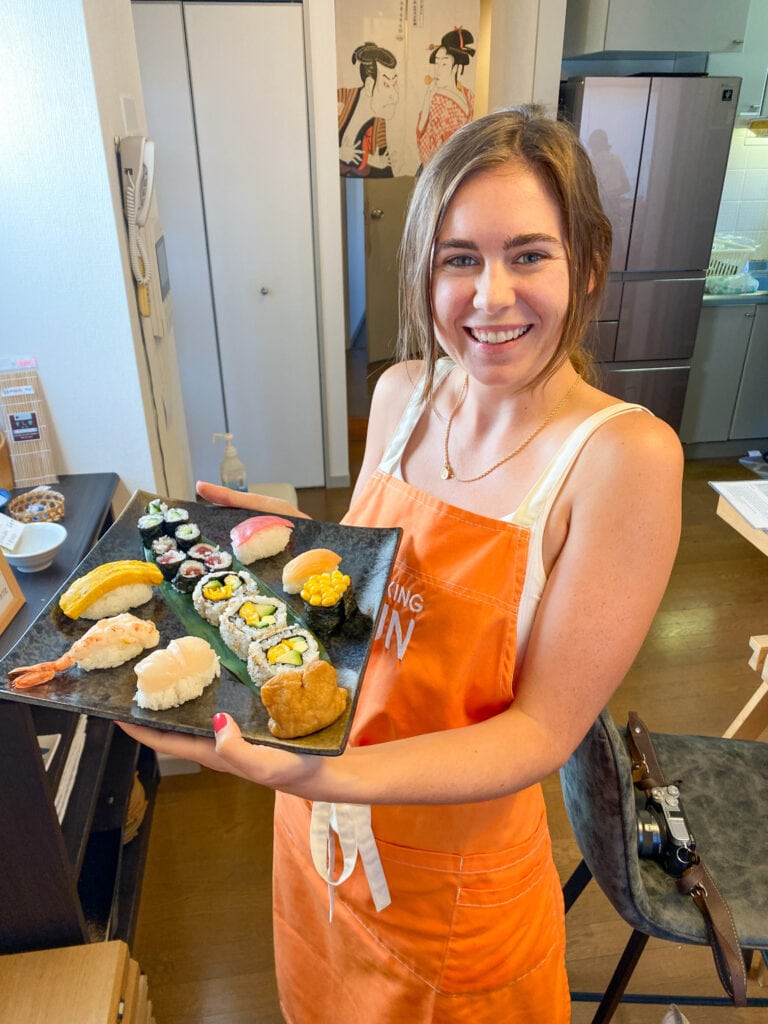

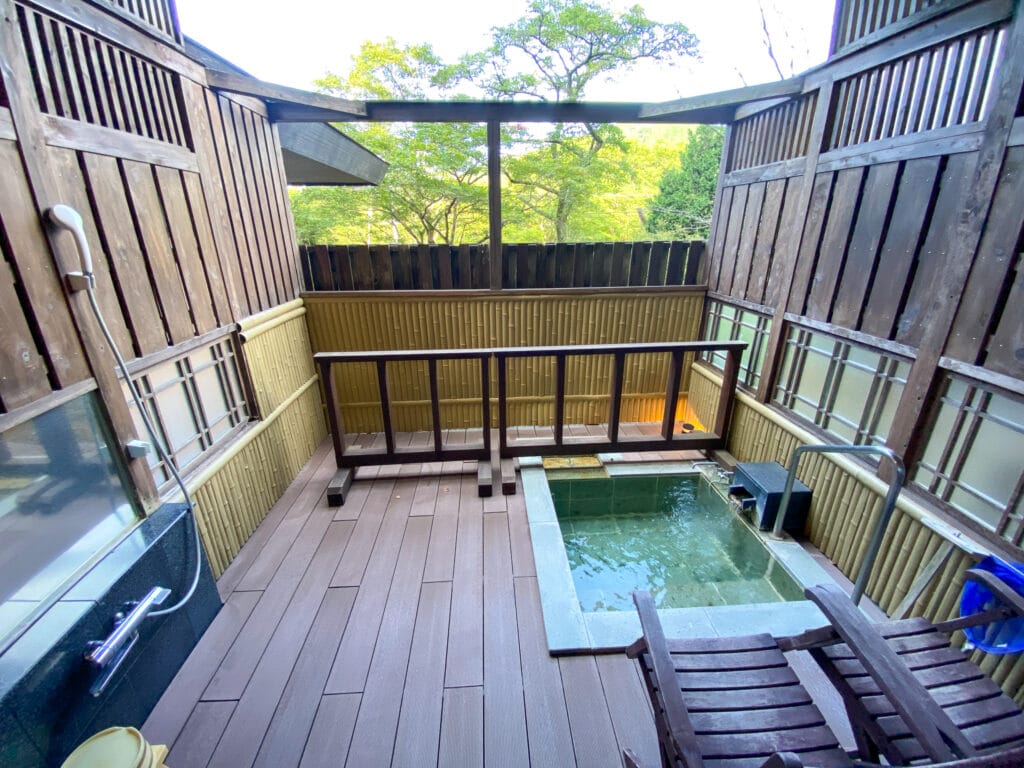
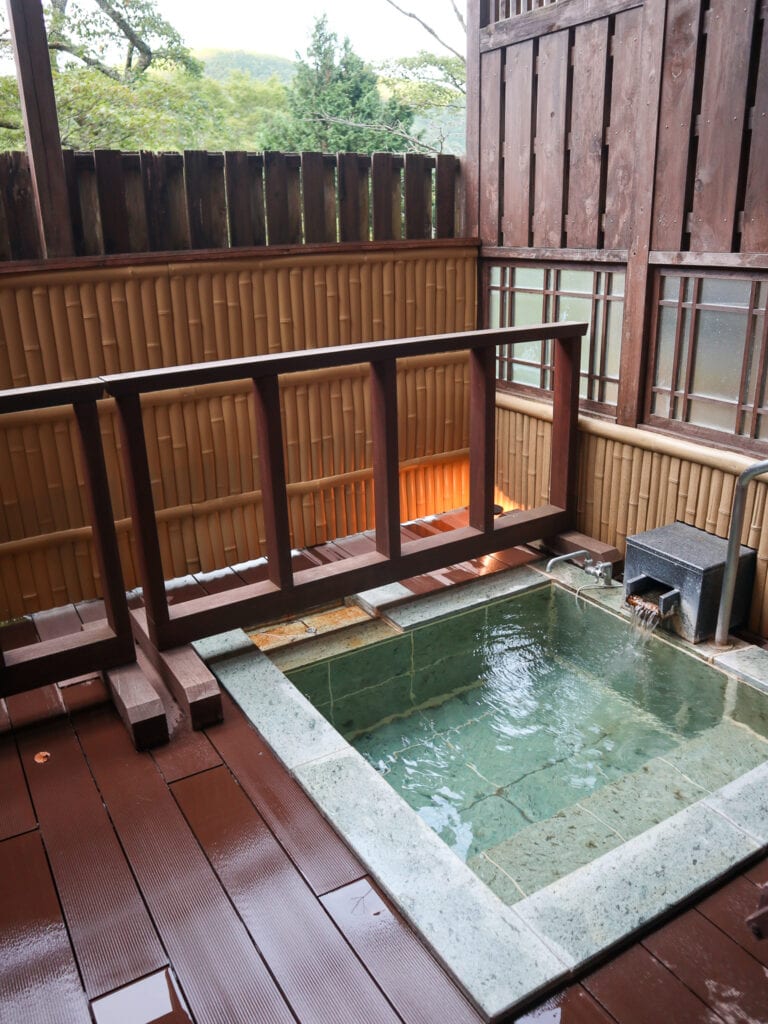
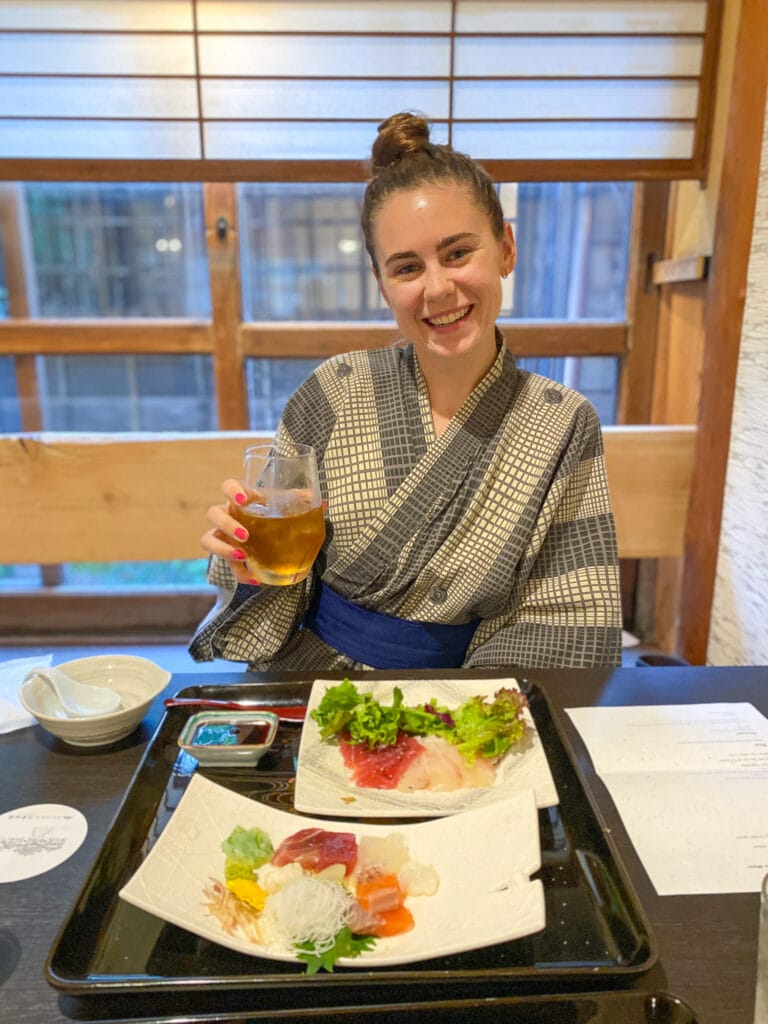

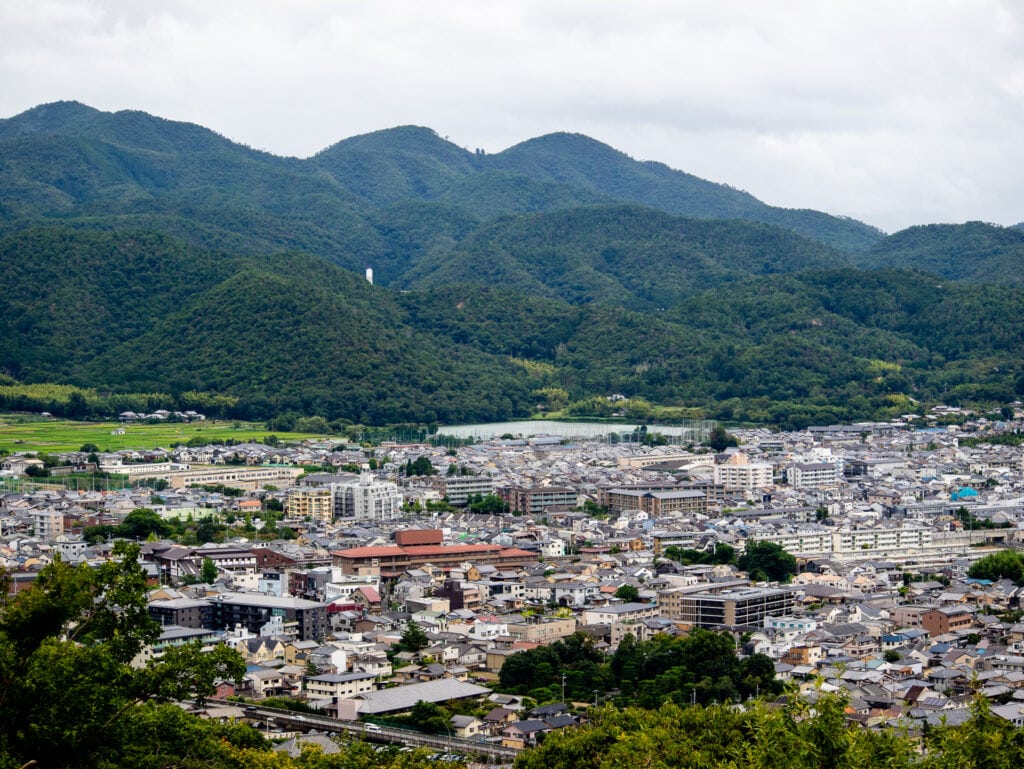
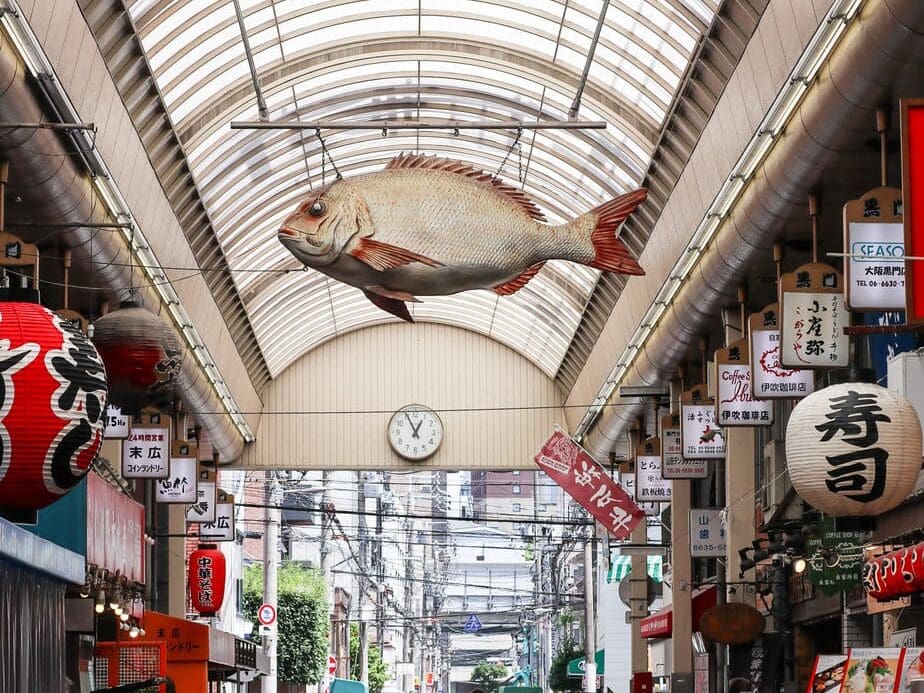
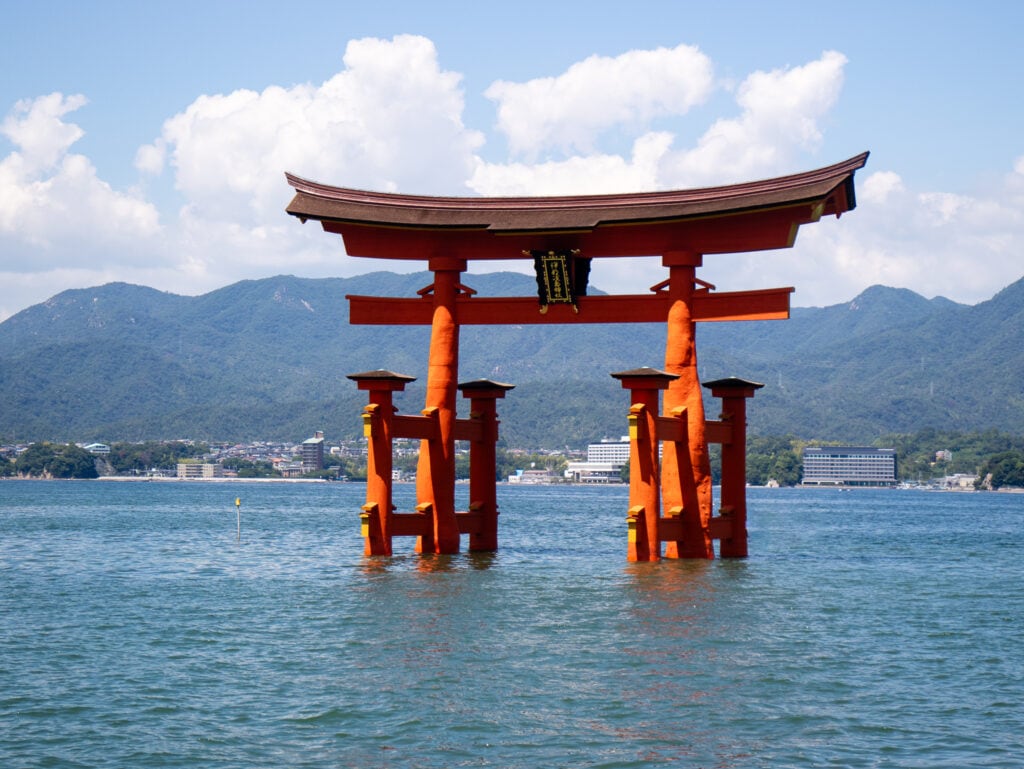
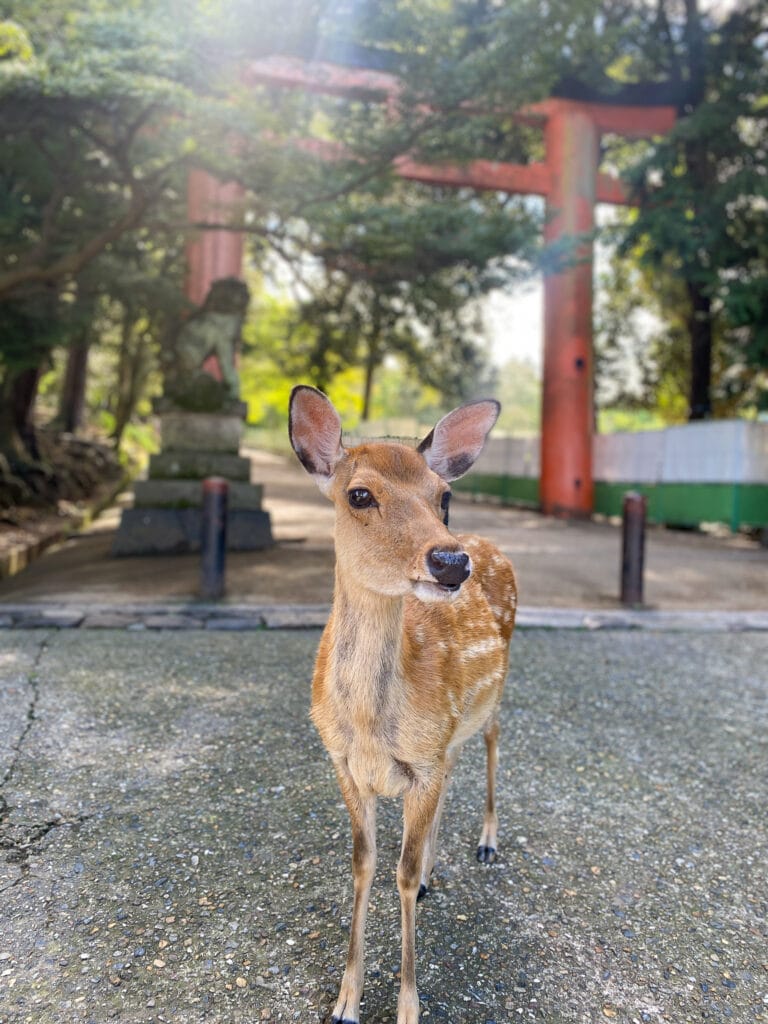
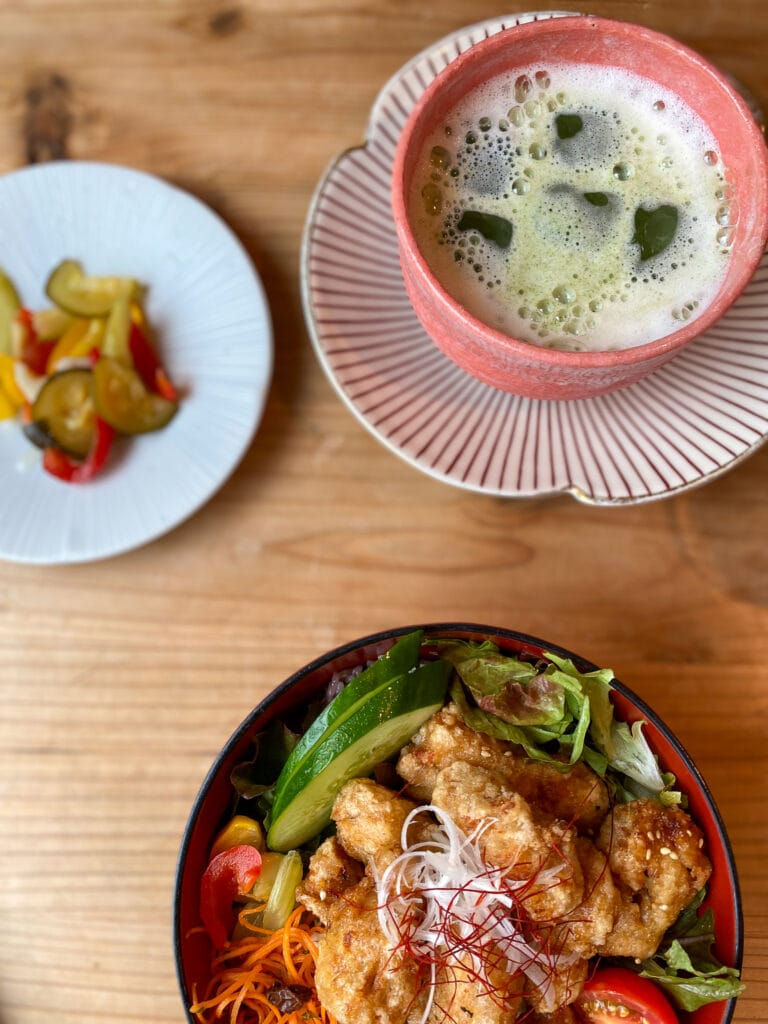
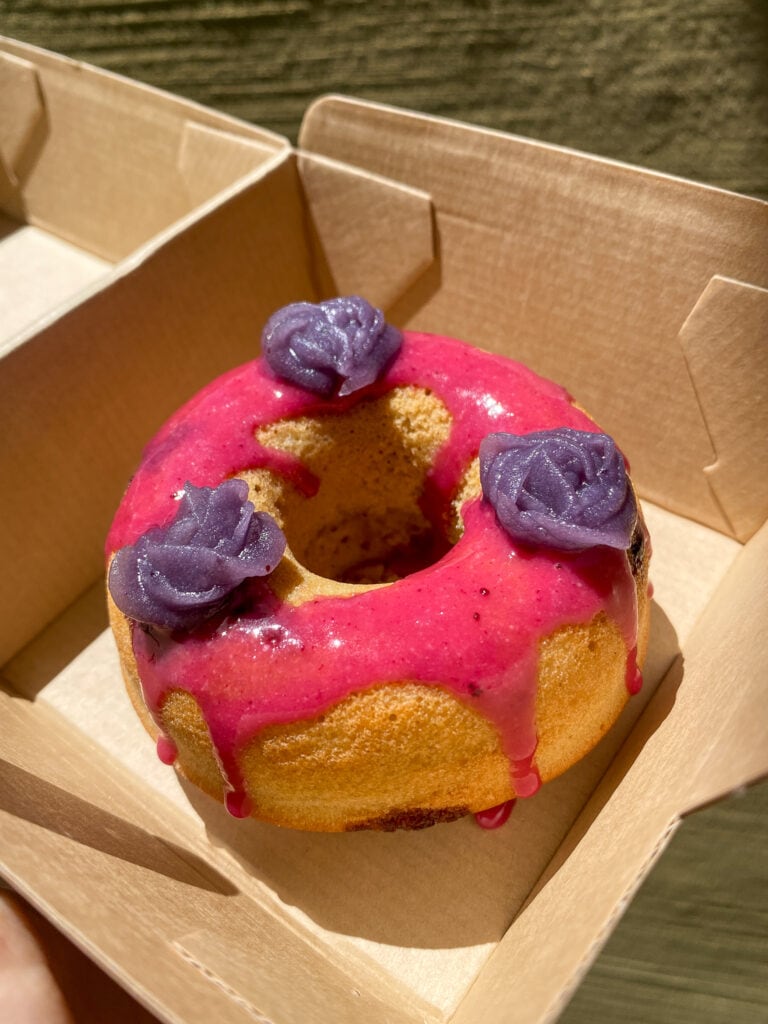
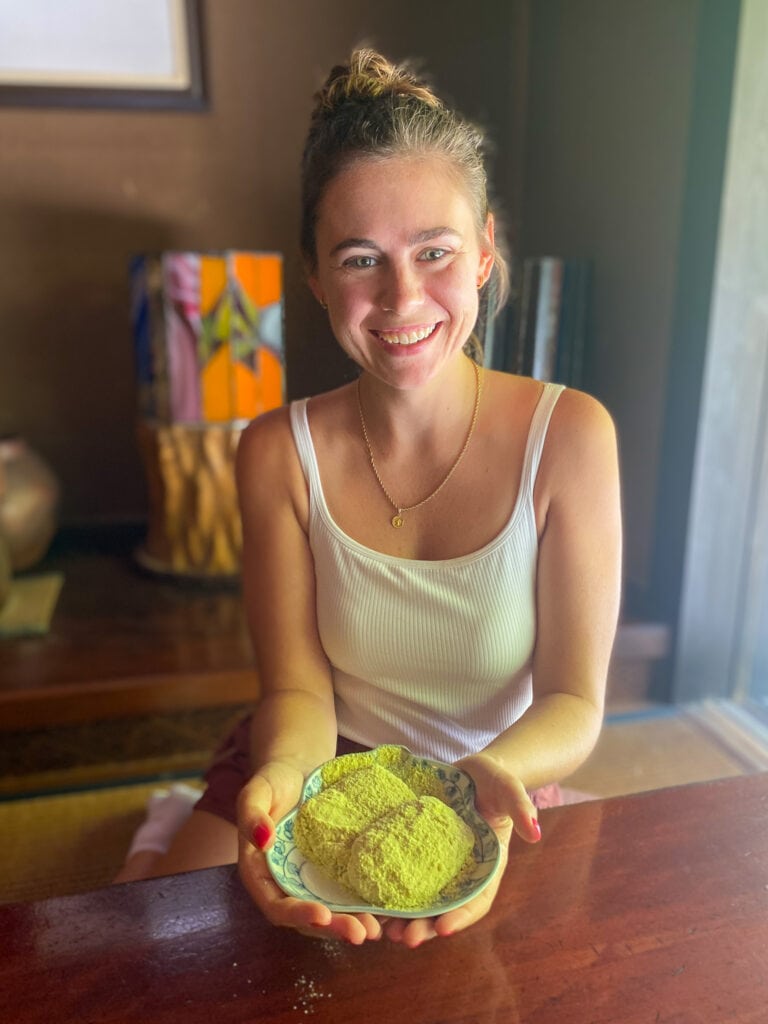
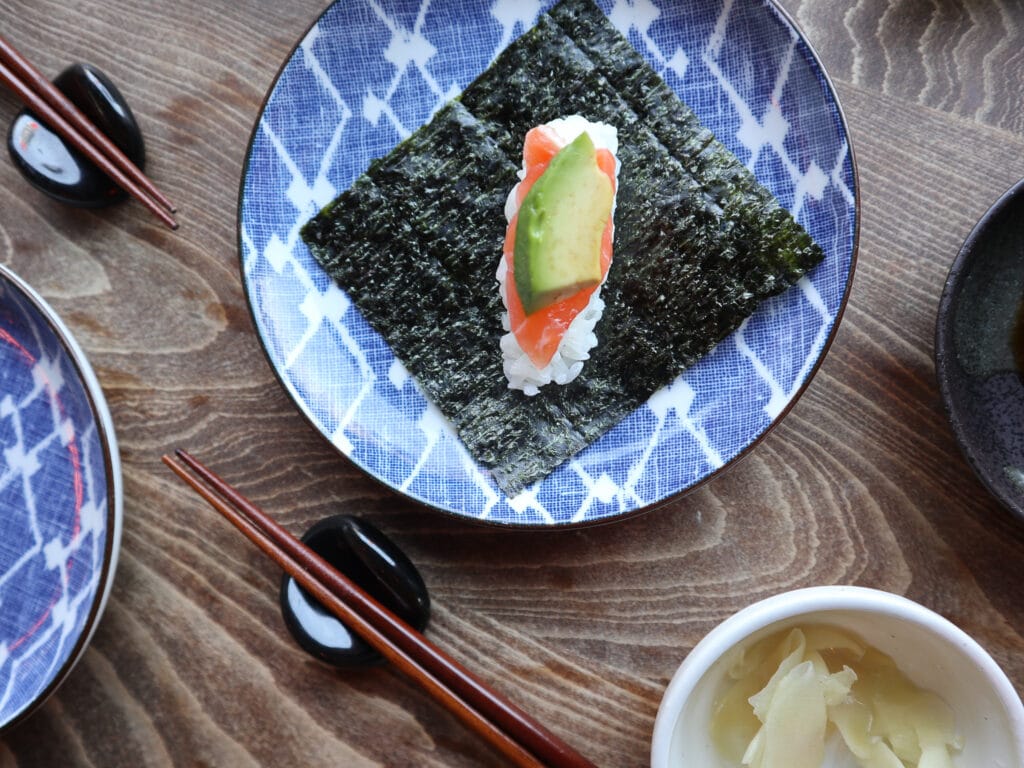
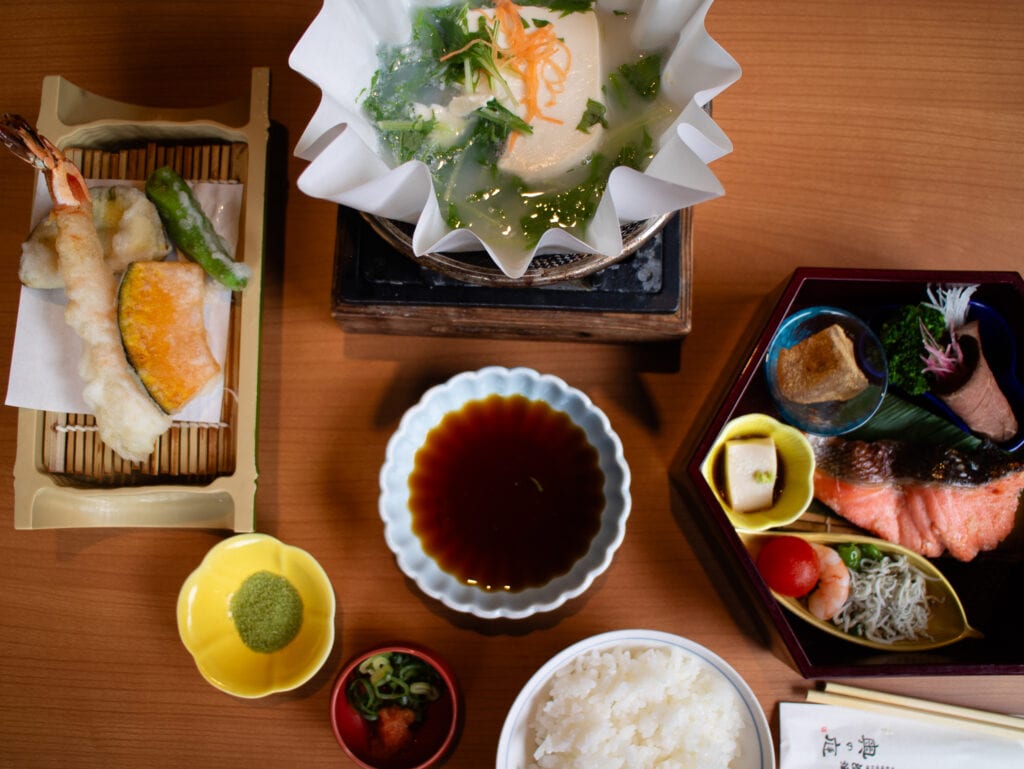
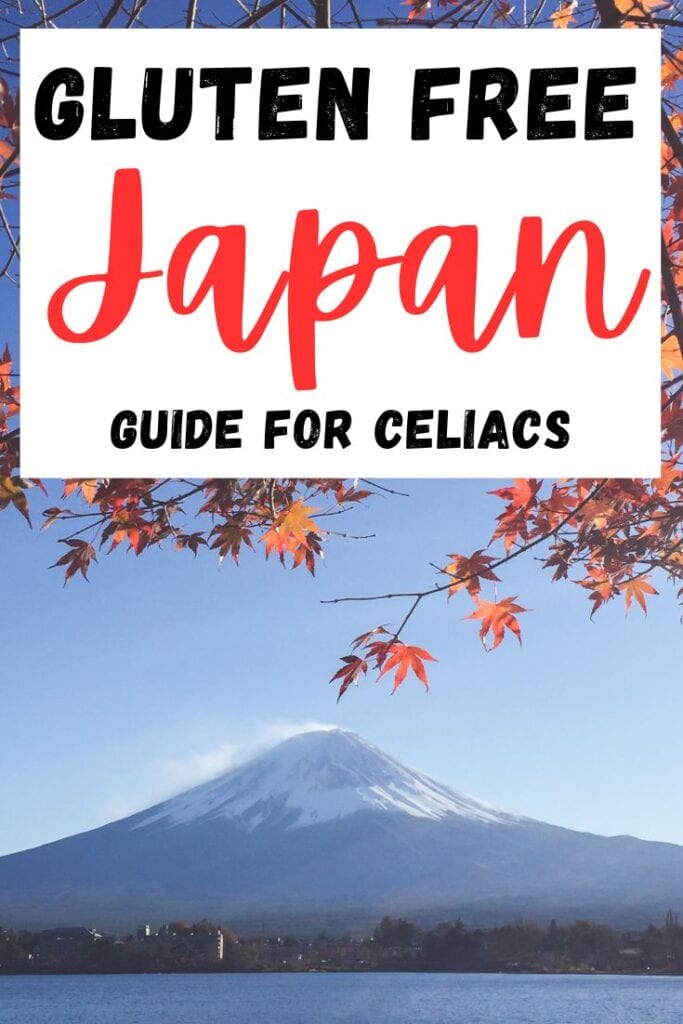
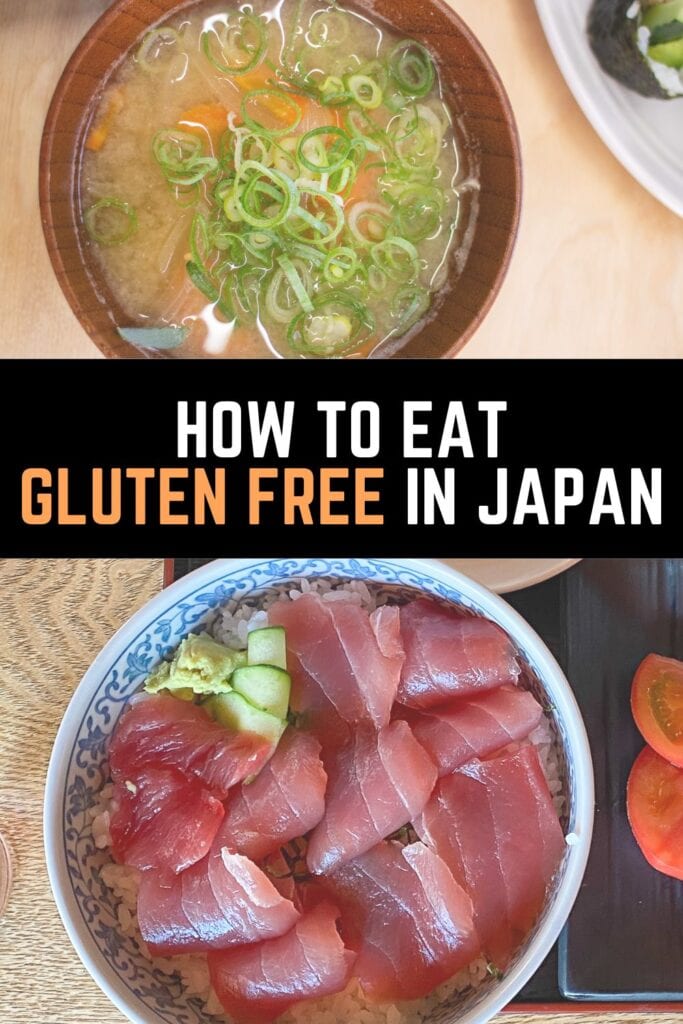
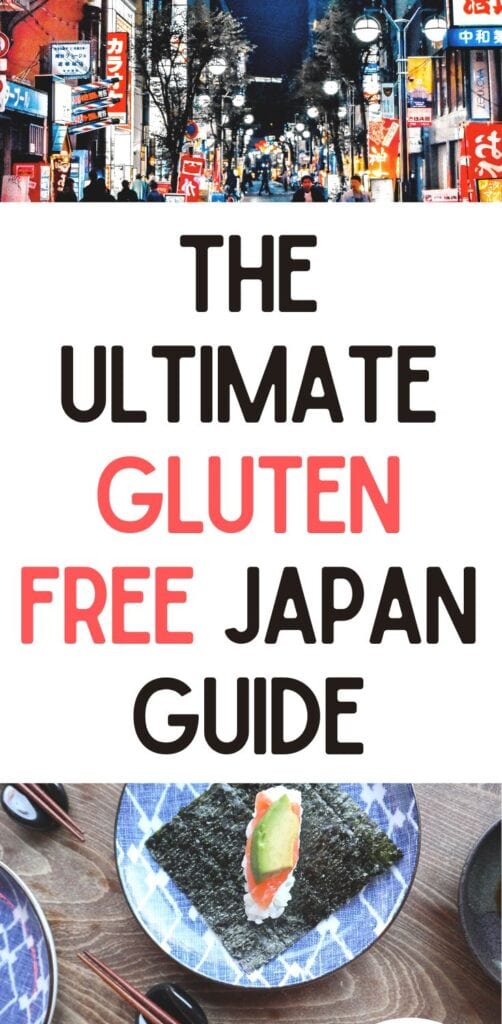
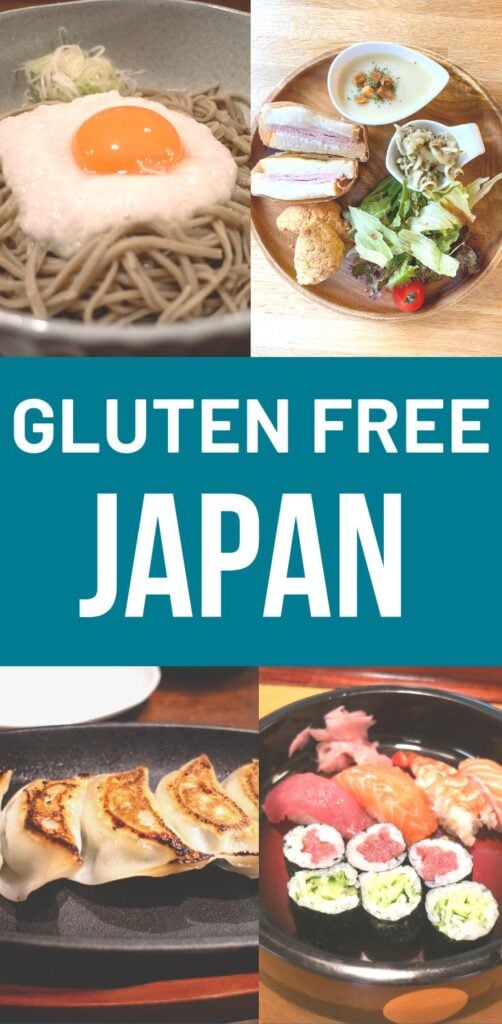
Thank you so much for taking the time to put together such a comprehensive guide to Japan. I am taking my coeliac daughter there in 12months time and this will help immensely with the planning.
I am honored to be part of your trip planning process! I think you’ll both love Japan!
Just wanted to say thank you for all this information! I went to Japan just a couple weeks ago and was so worried about what to eat – you started posting your Japan travel guides just before I left and they were so helpful! Seriously thanks so much for all the tips and the info about where to eat. Made my experience there so much better.
This comment means so much to me! I’m so happy to have helped and I hope you ate some DELICIOUS GF food!